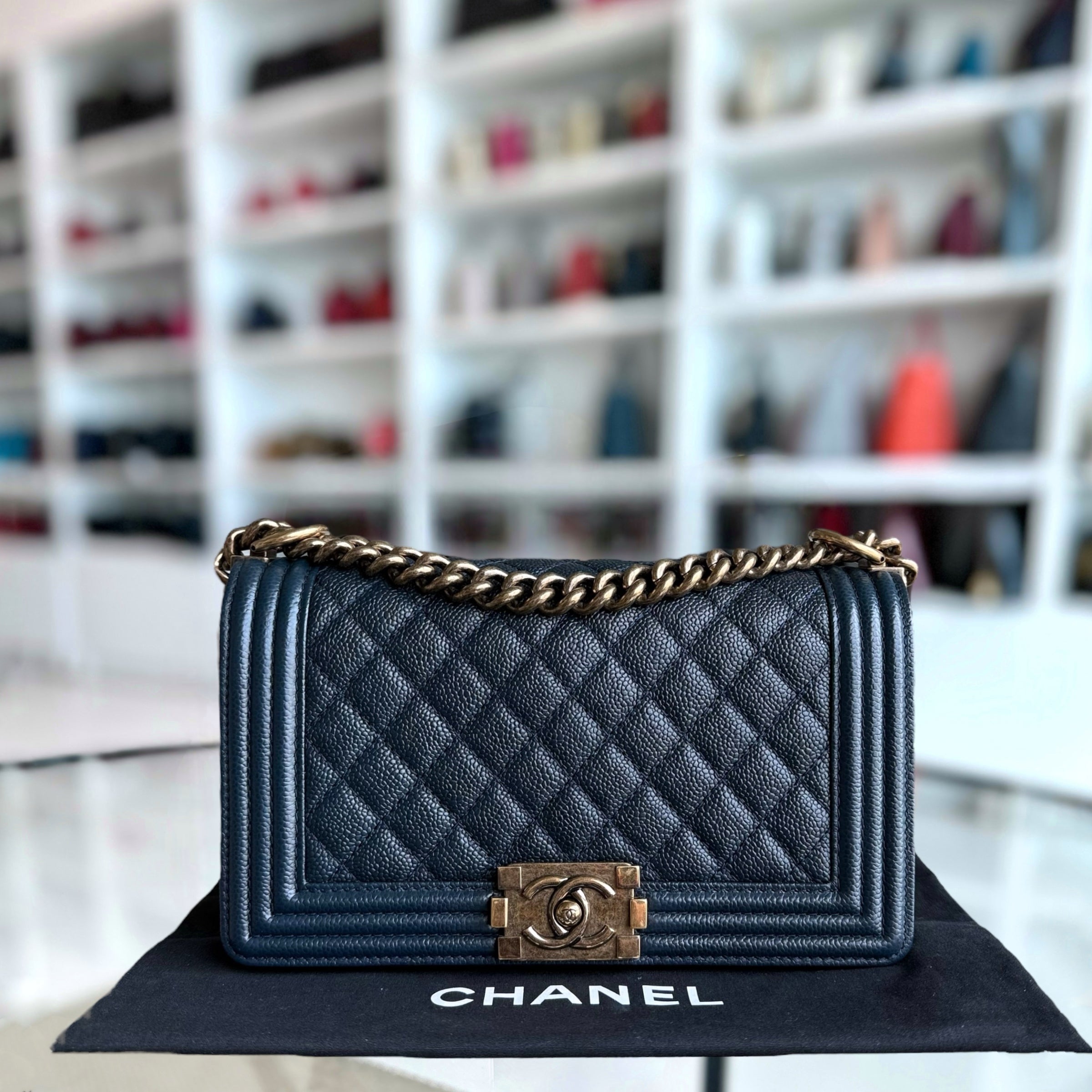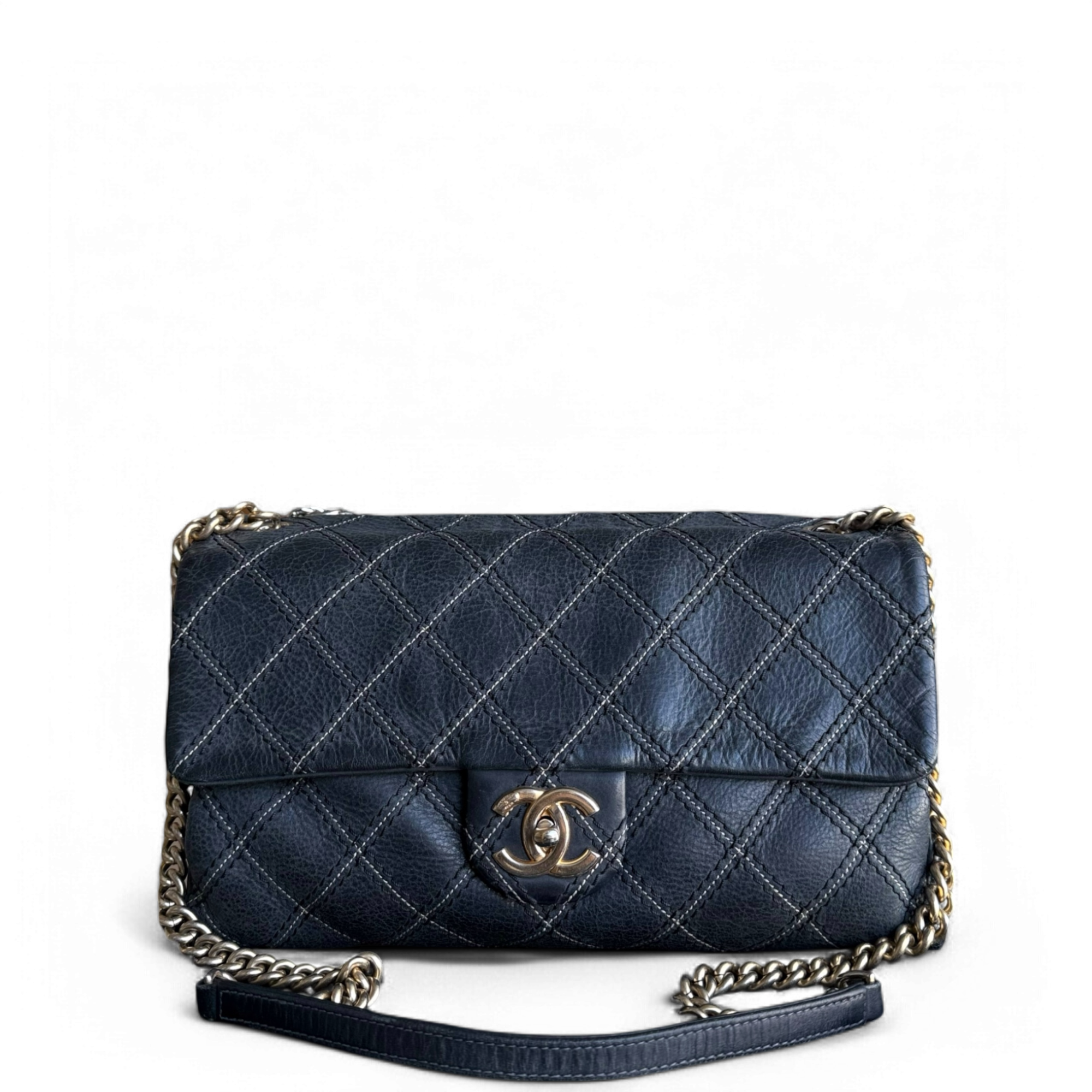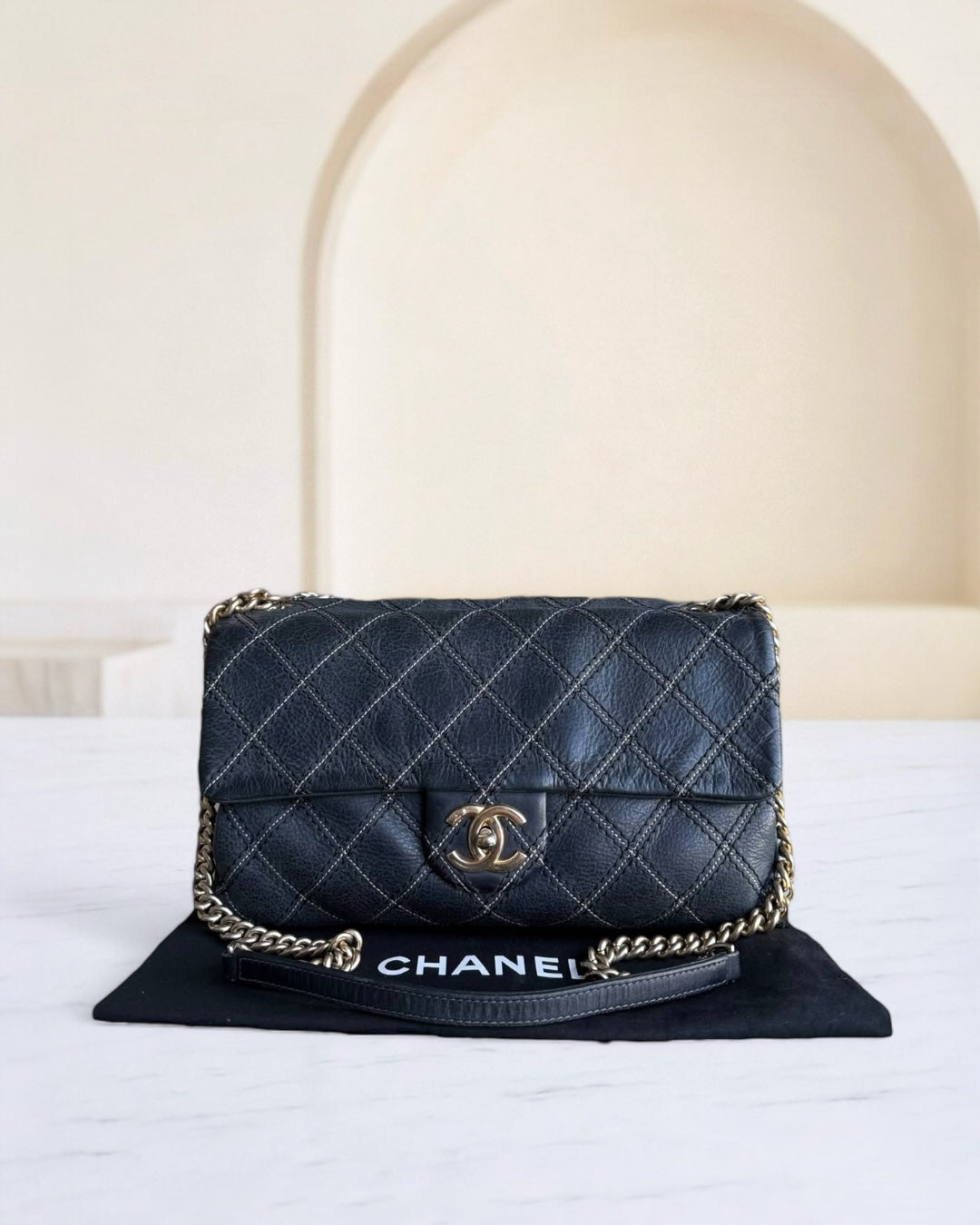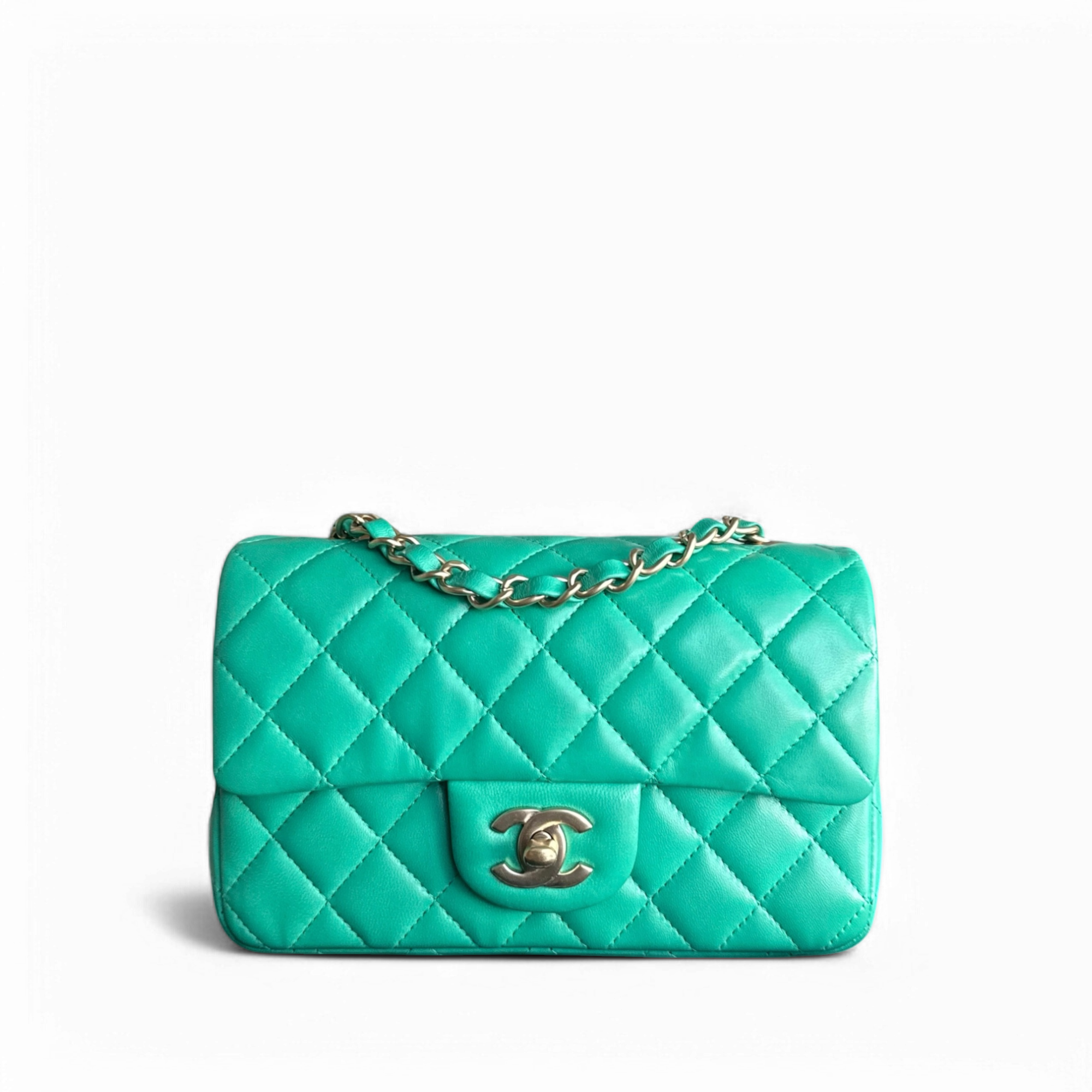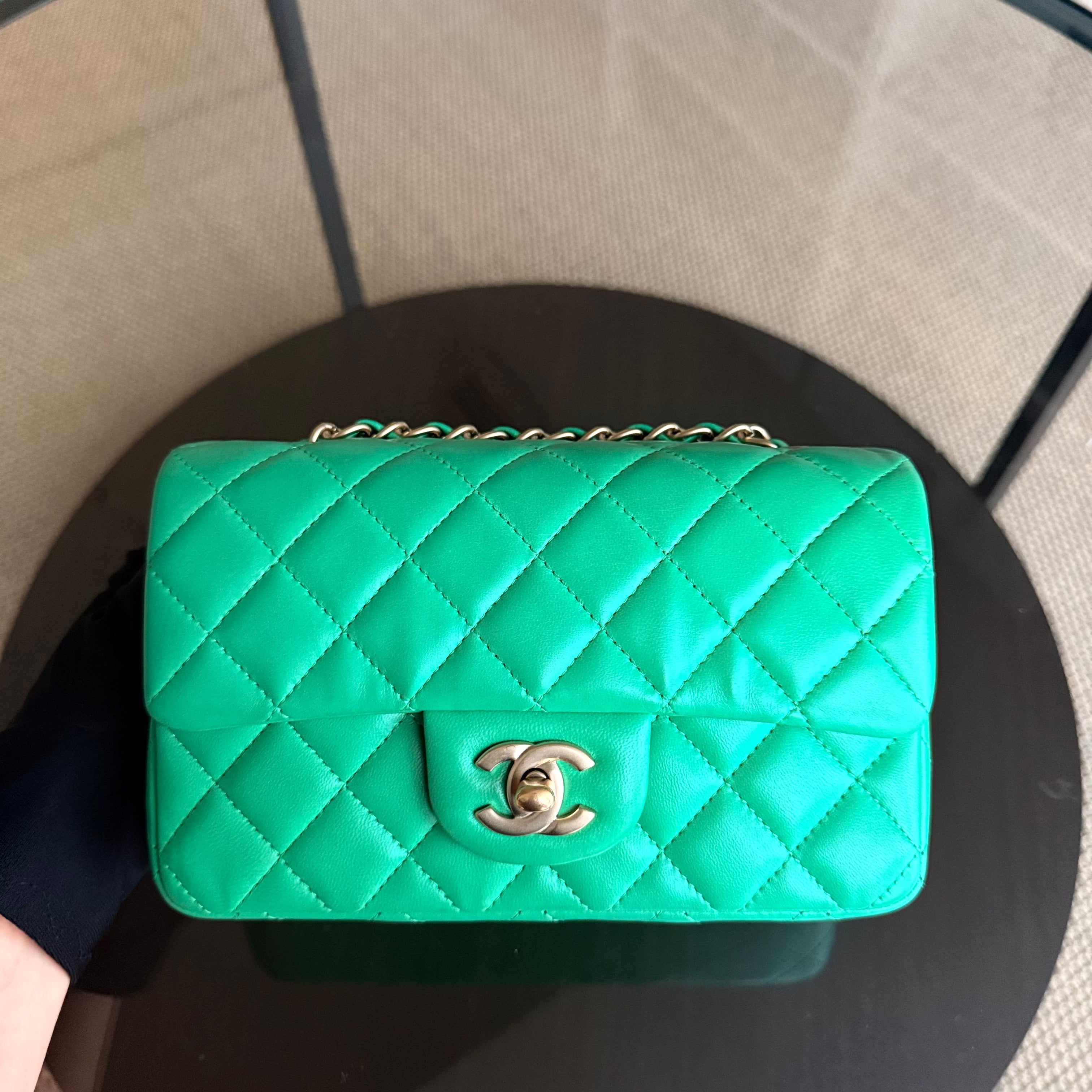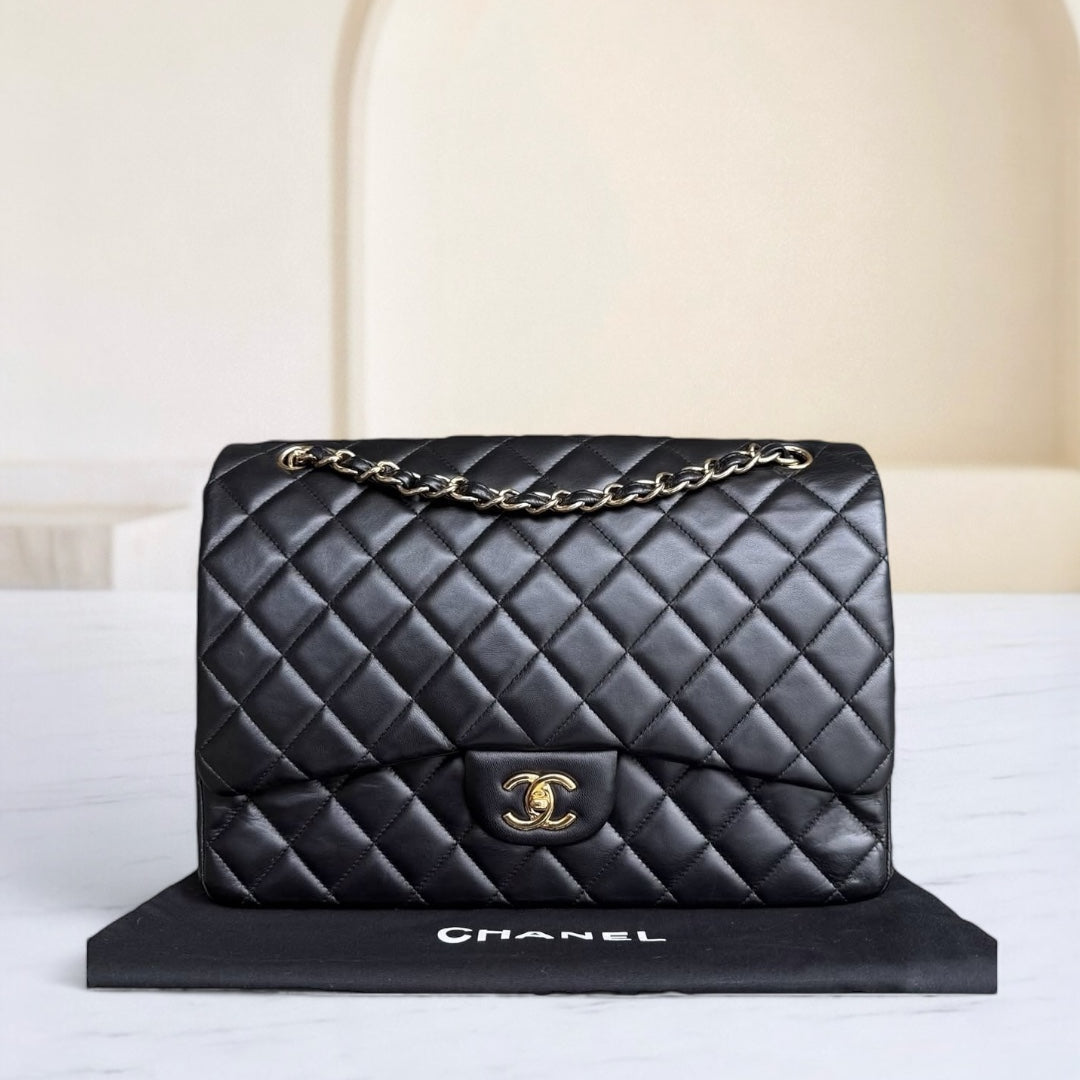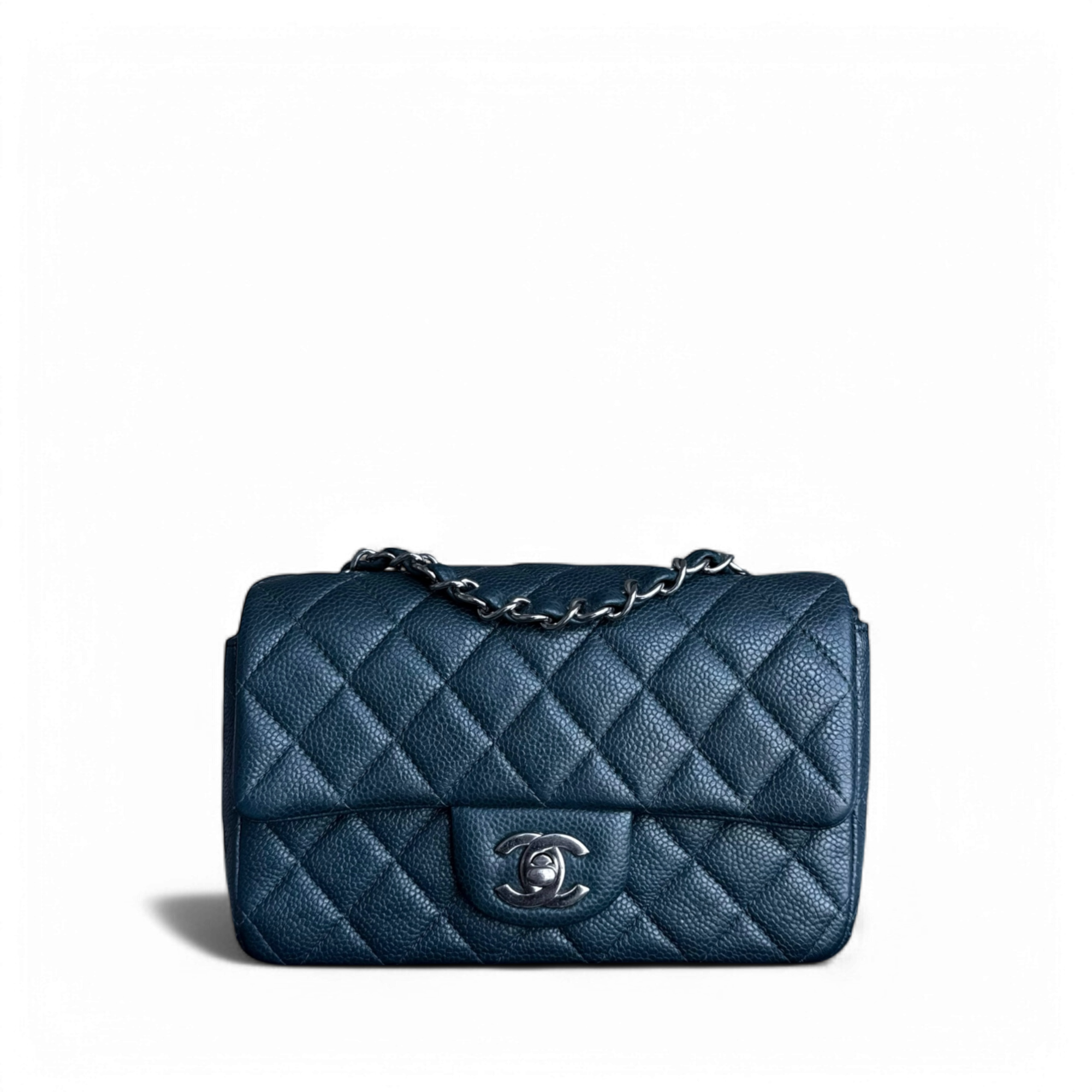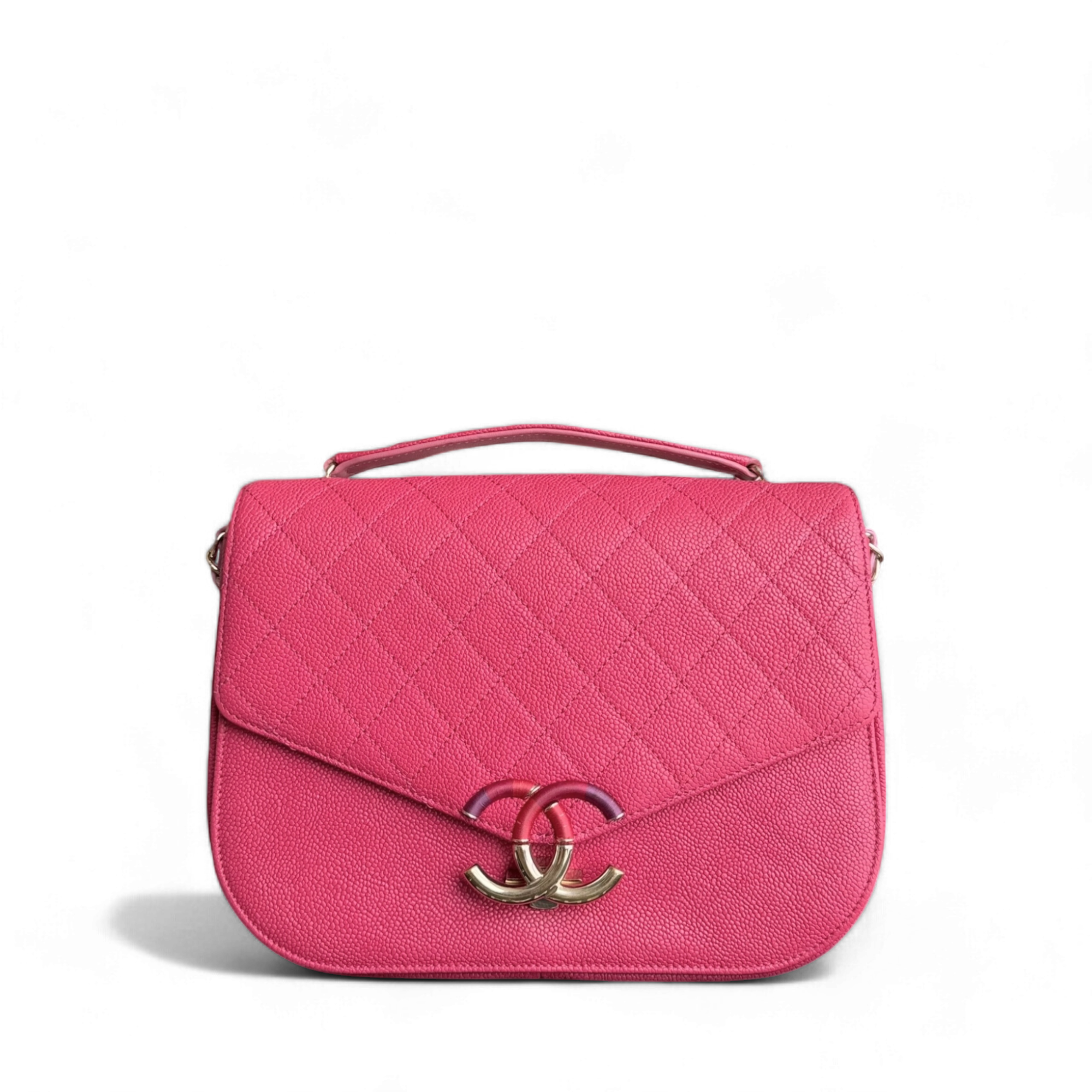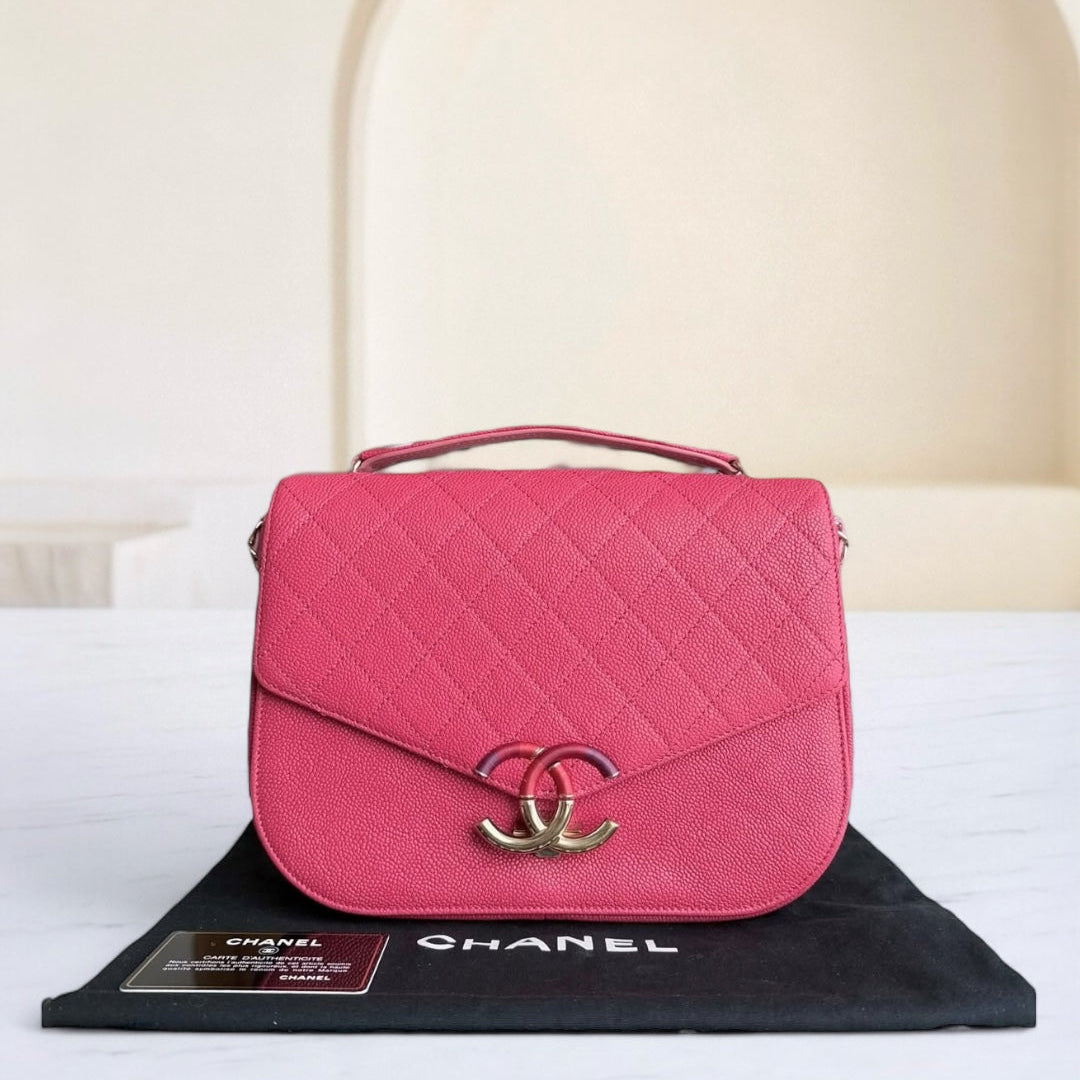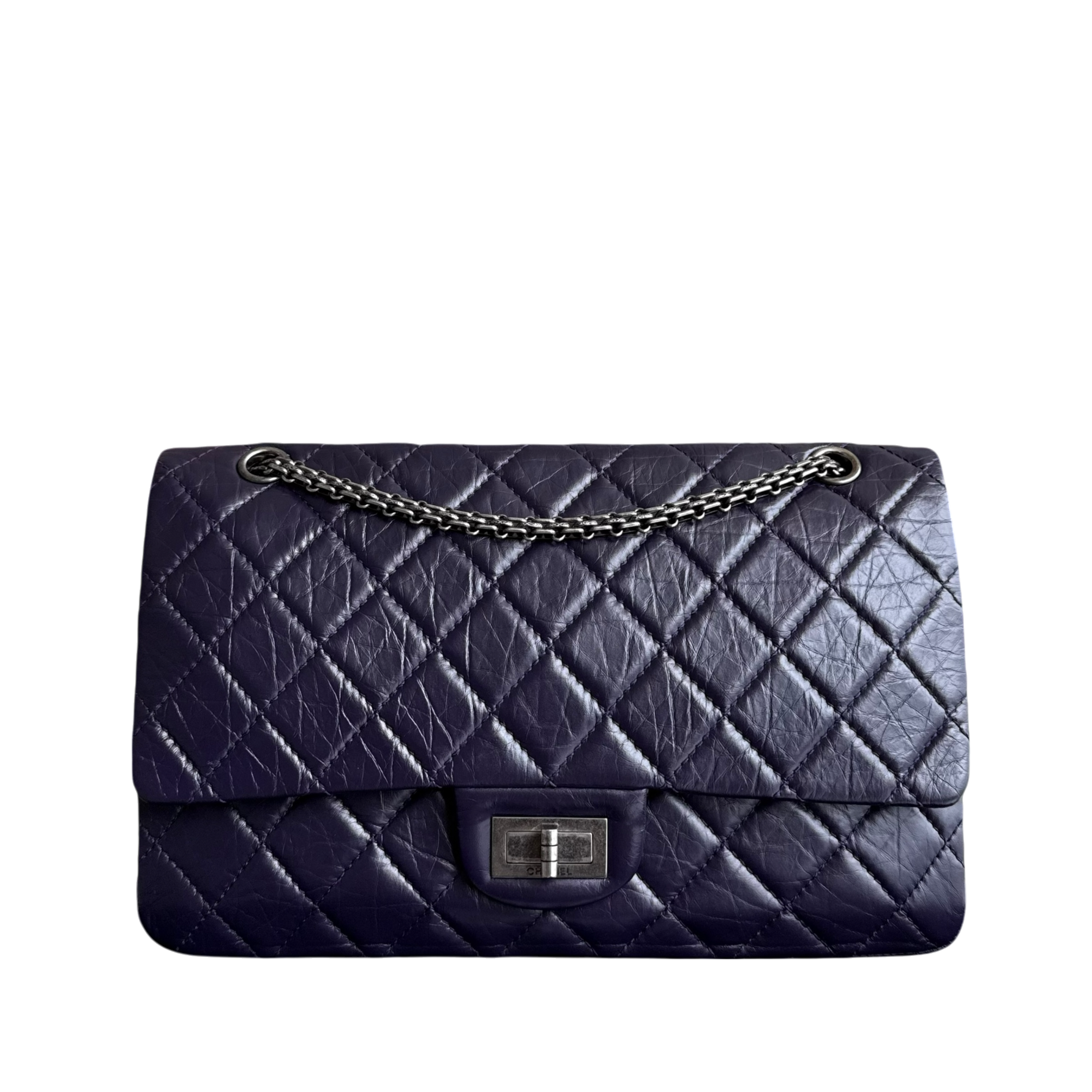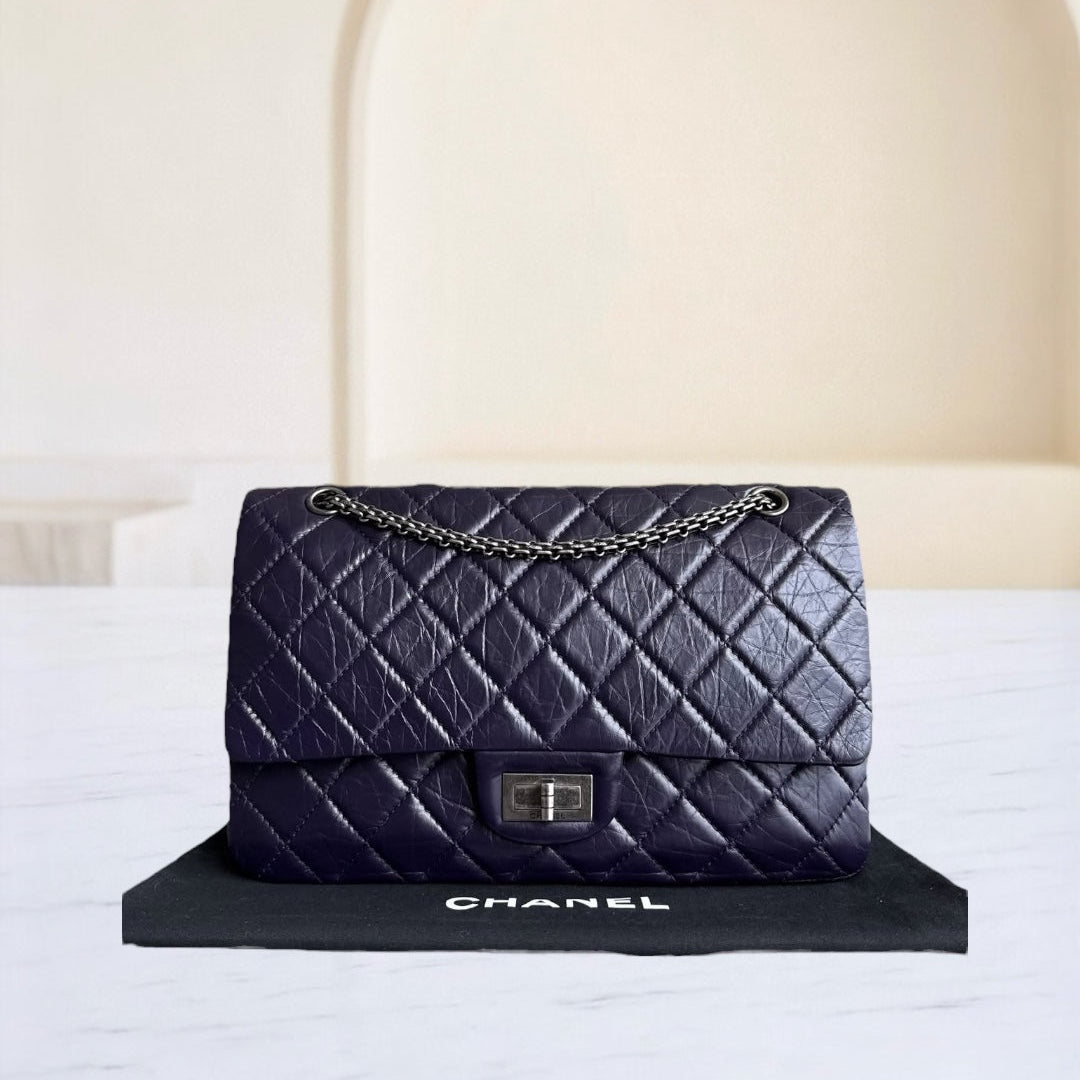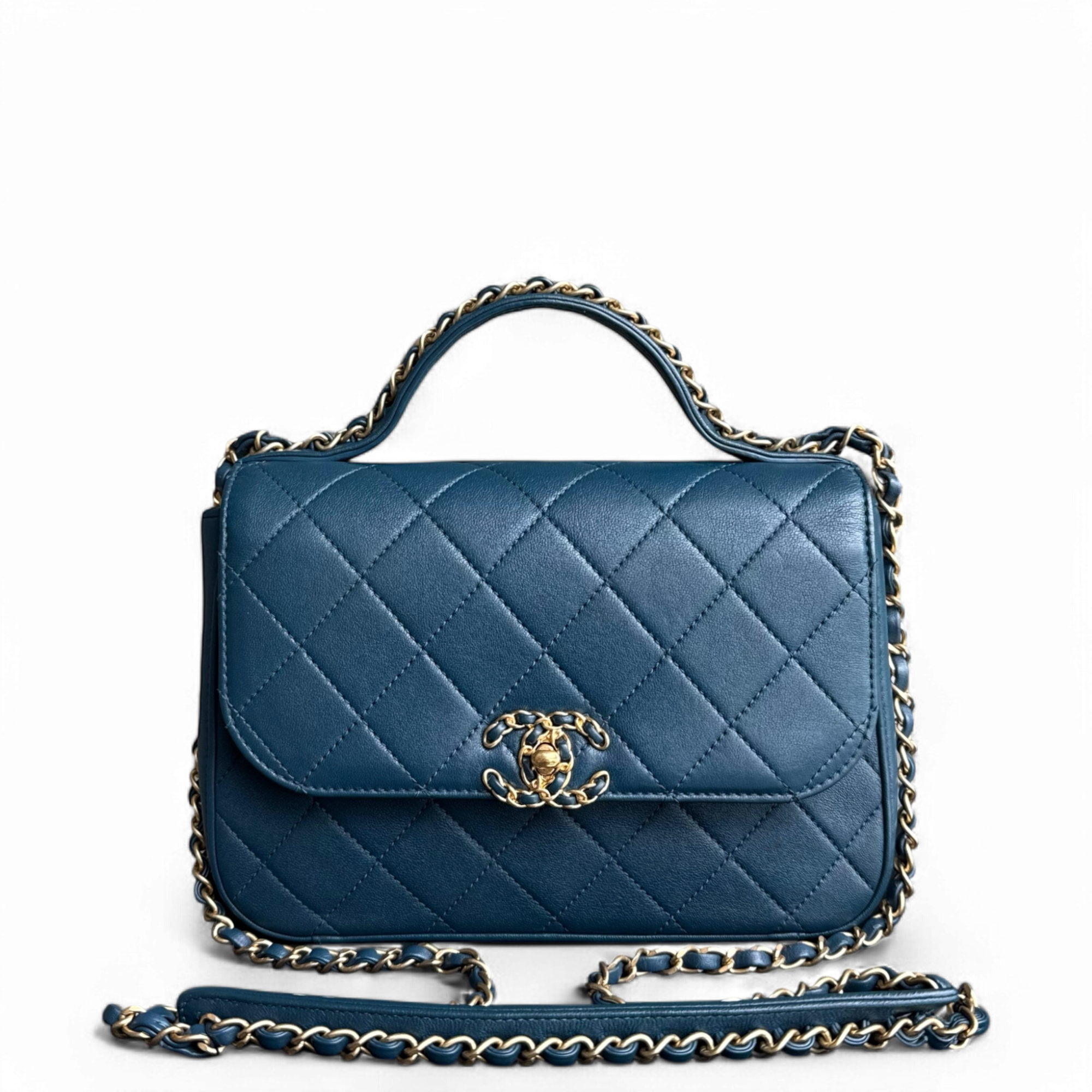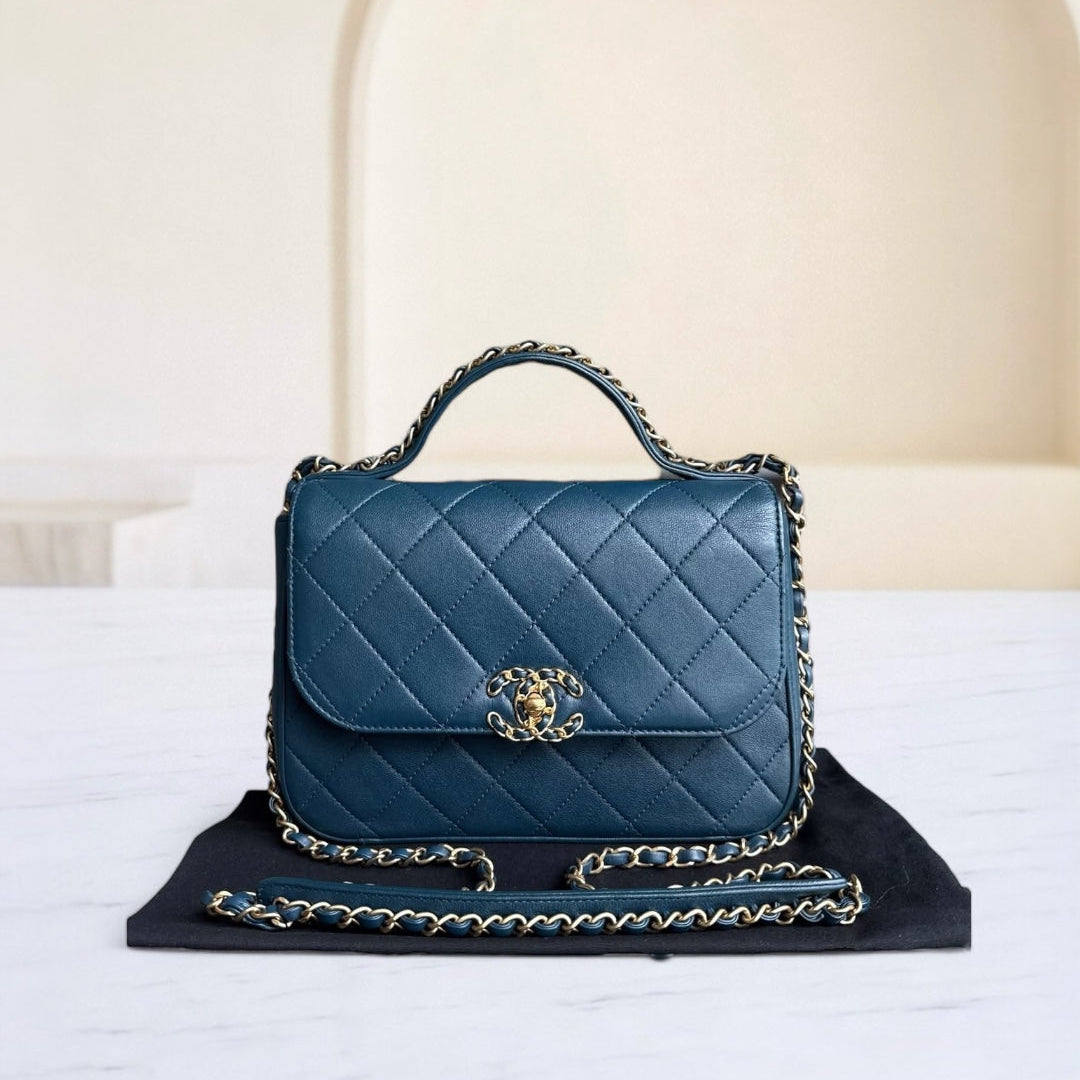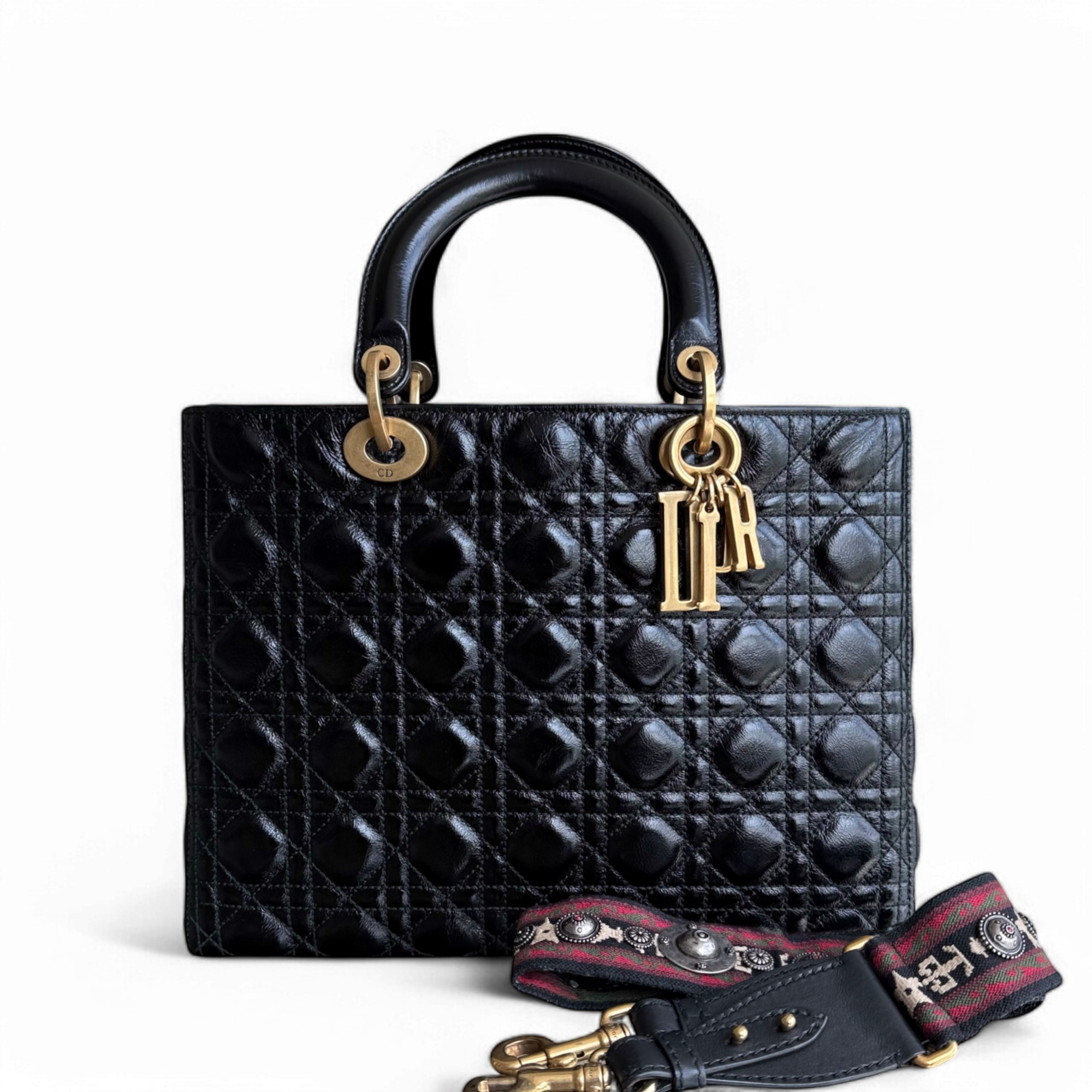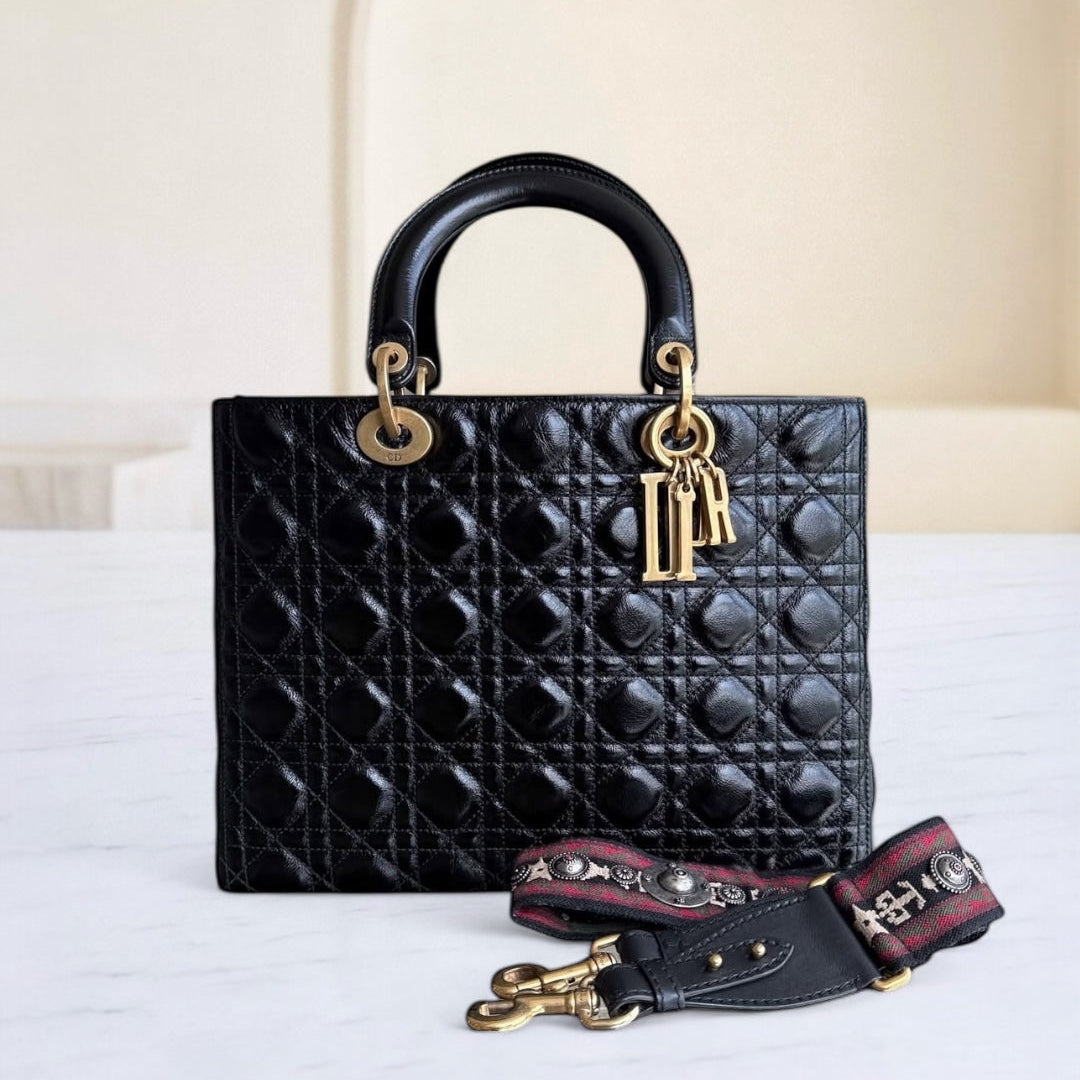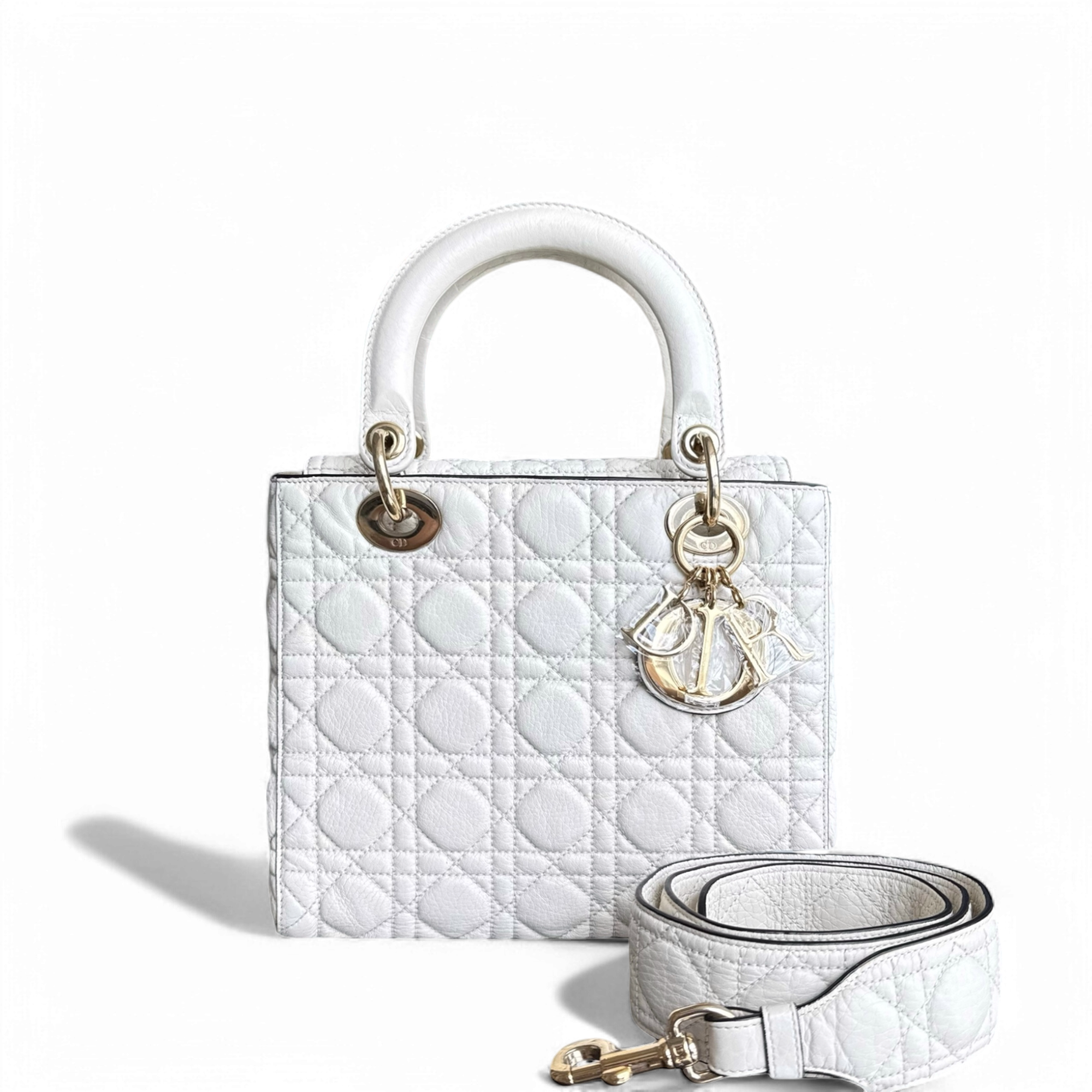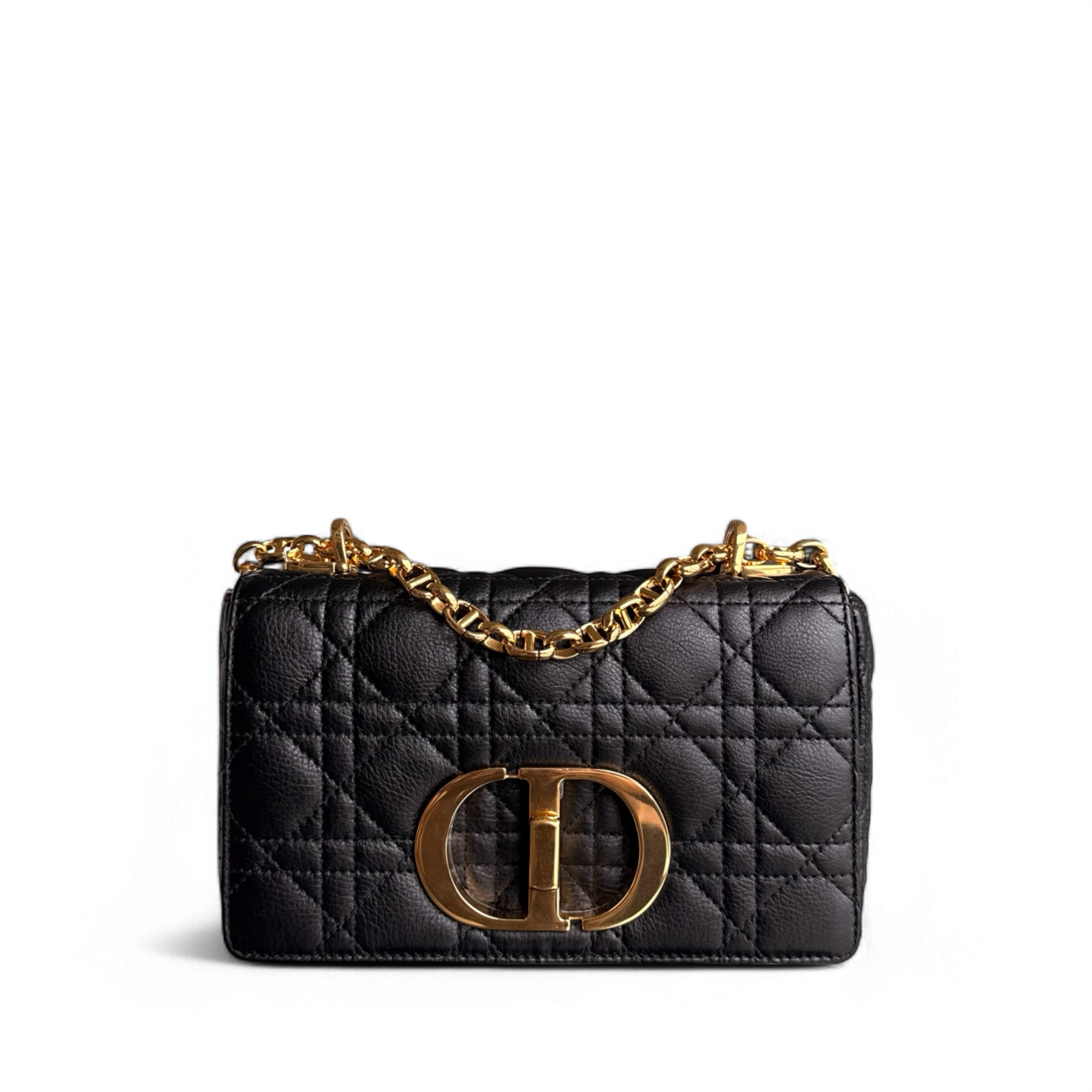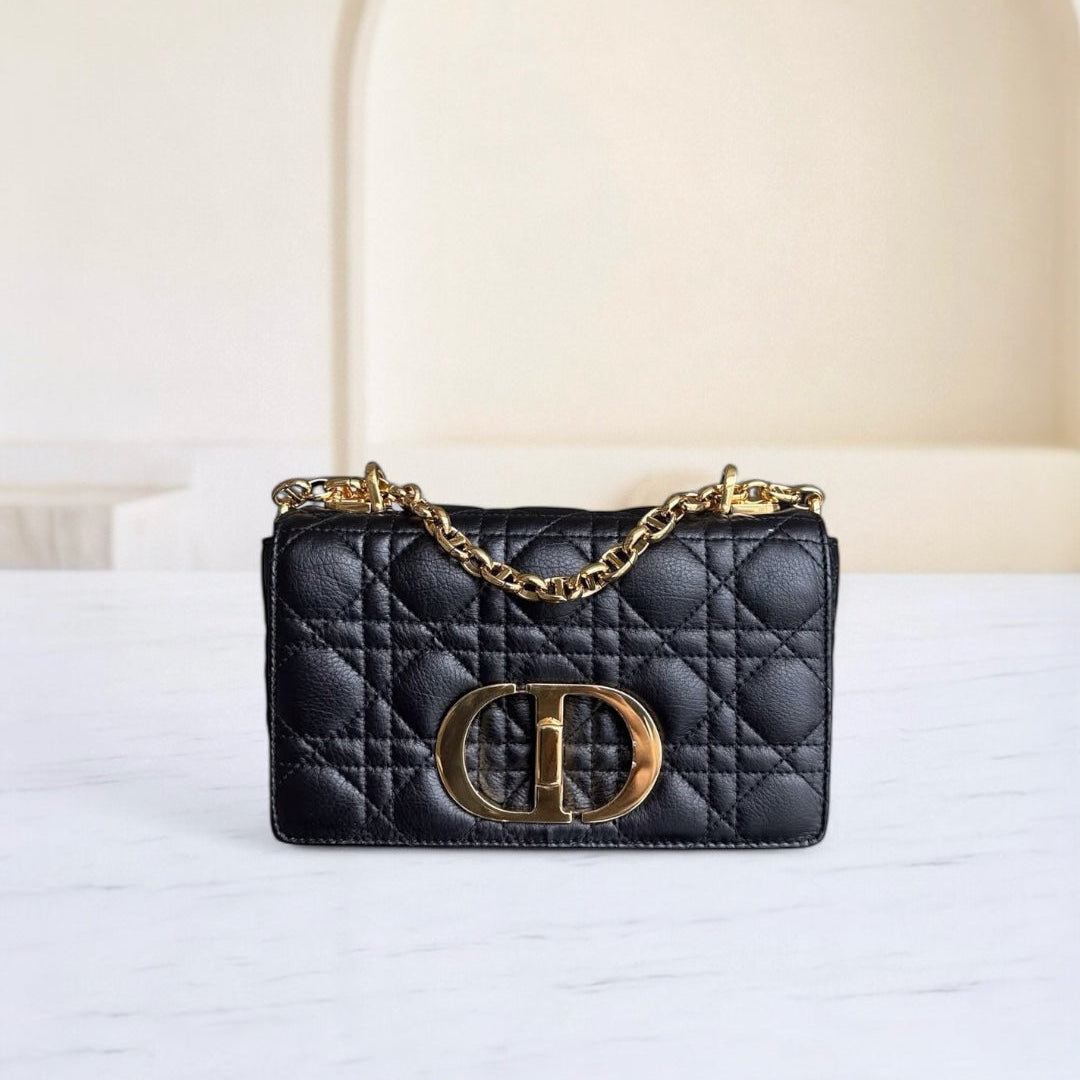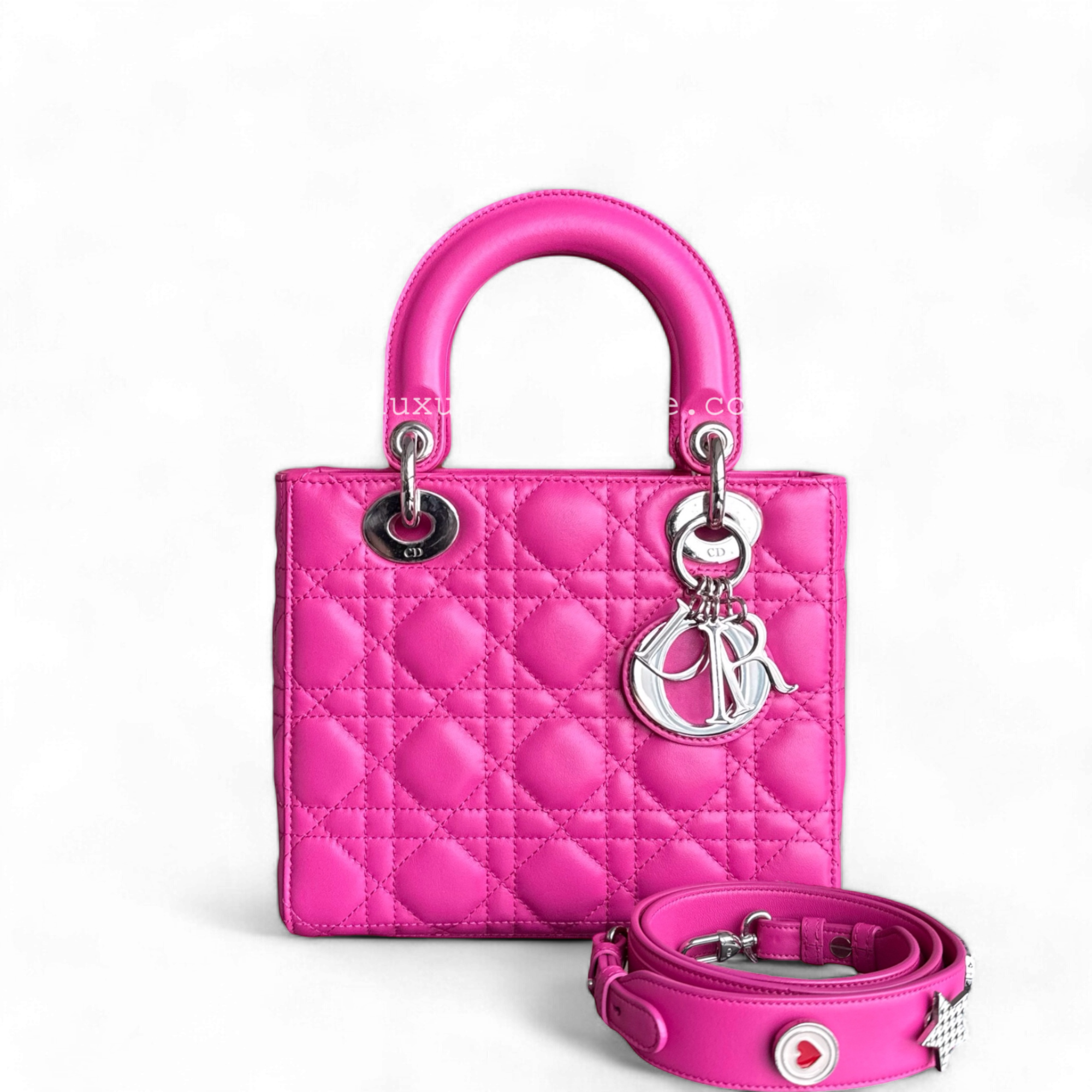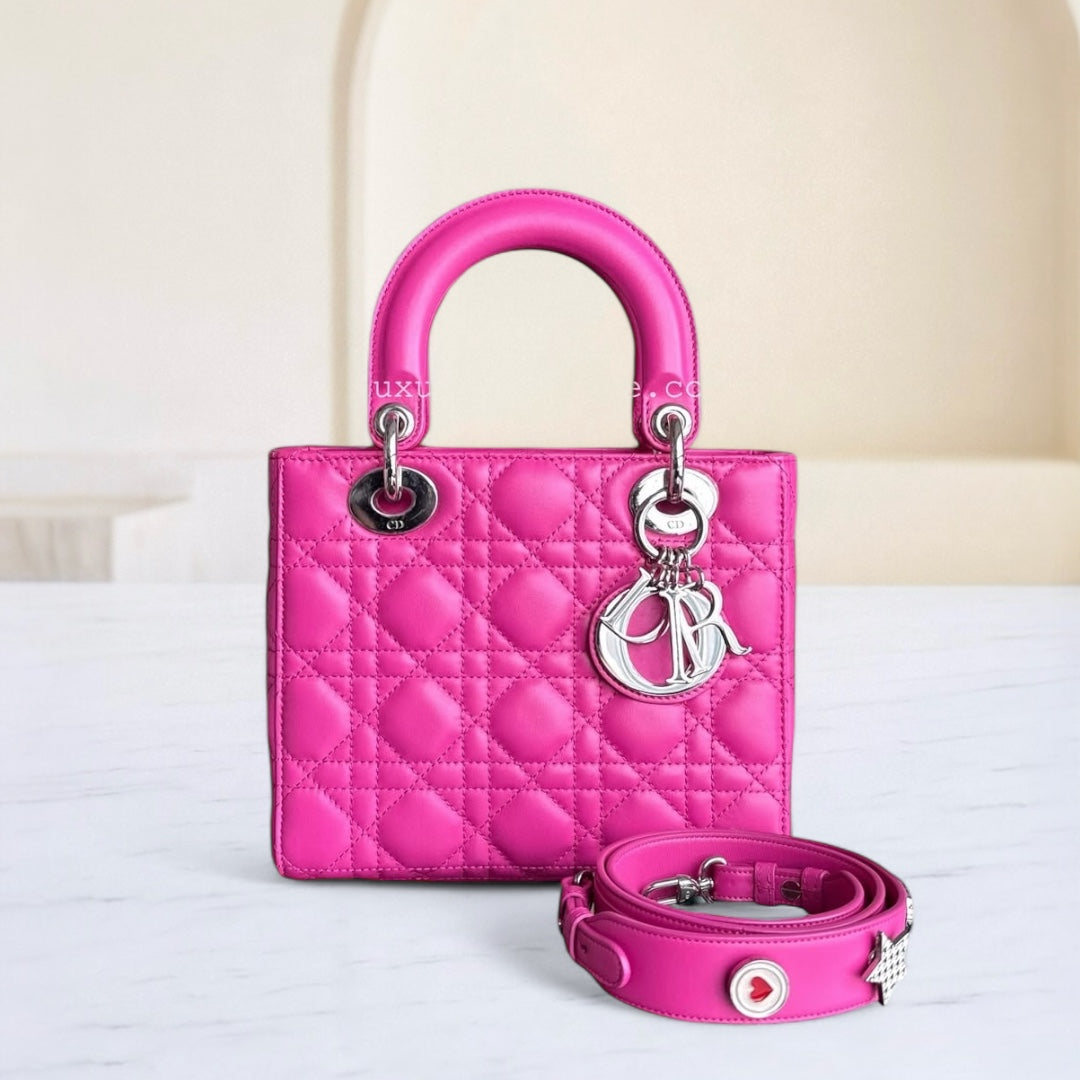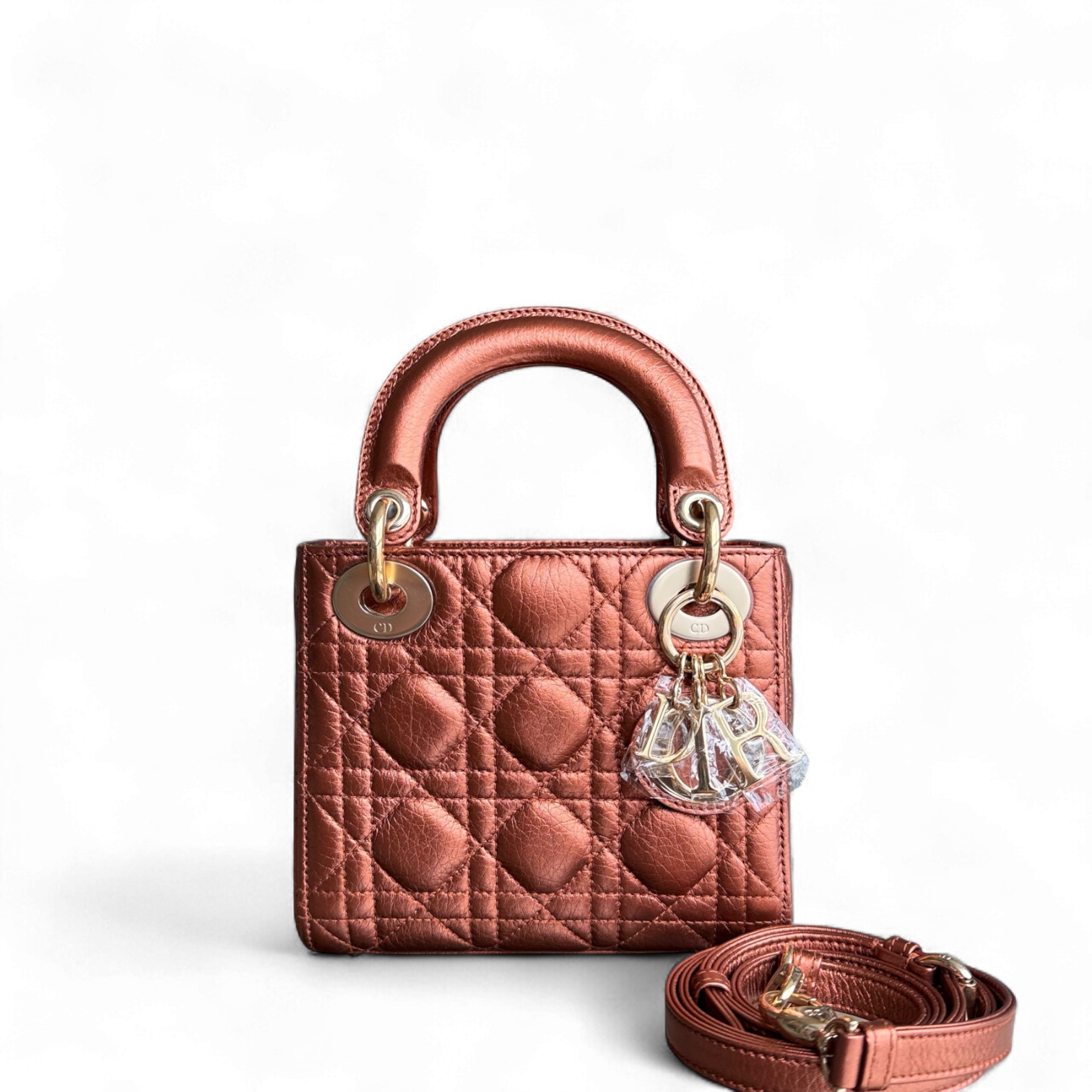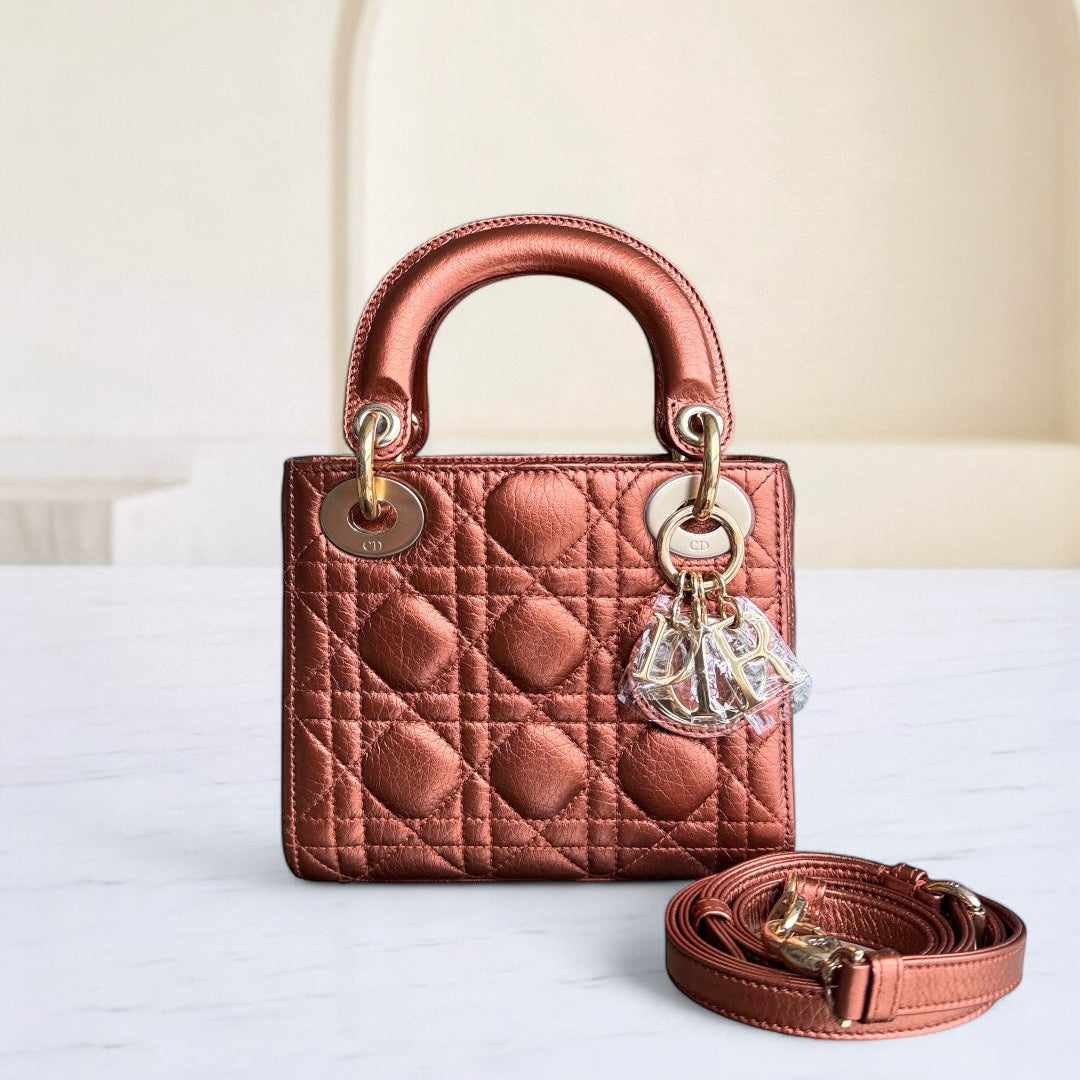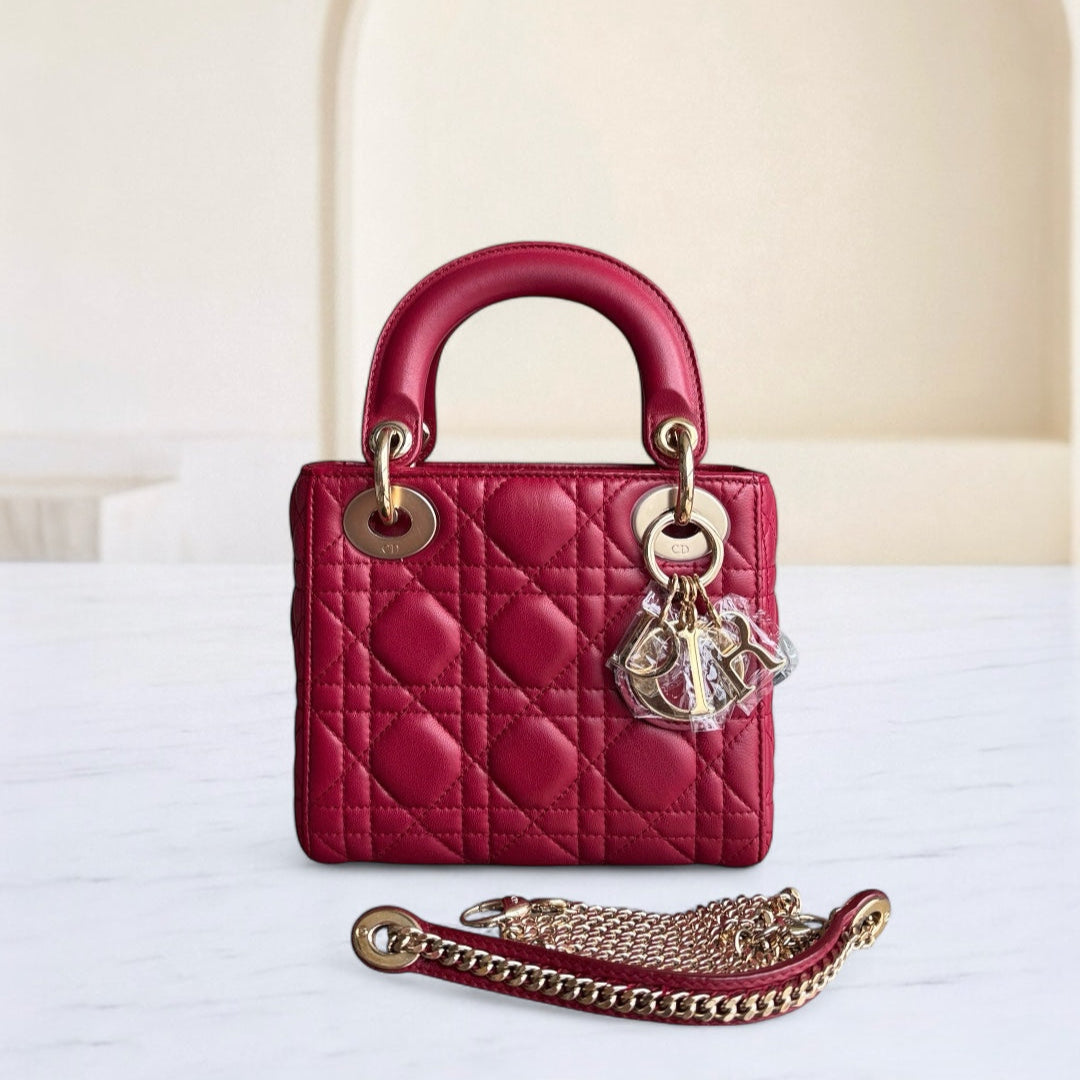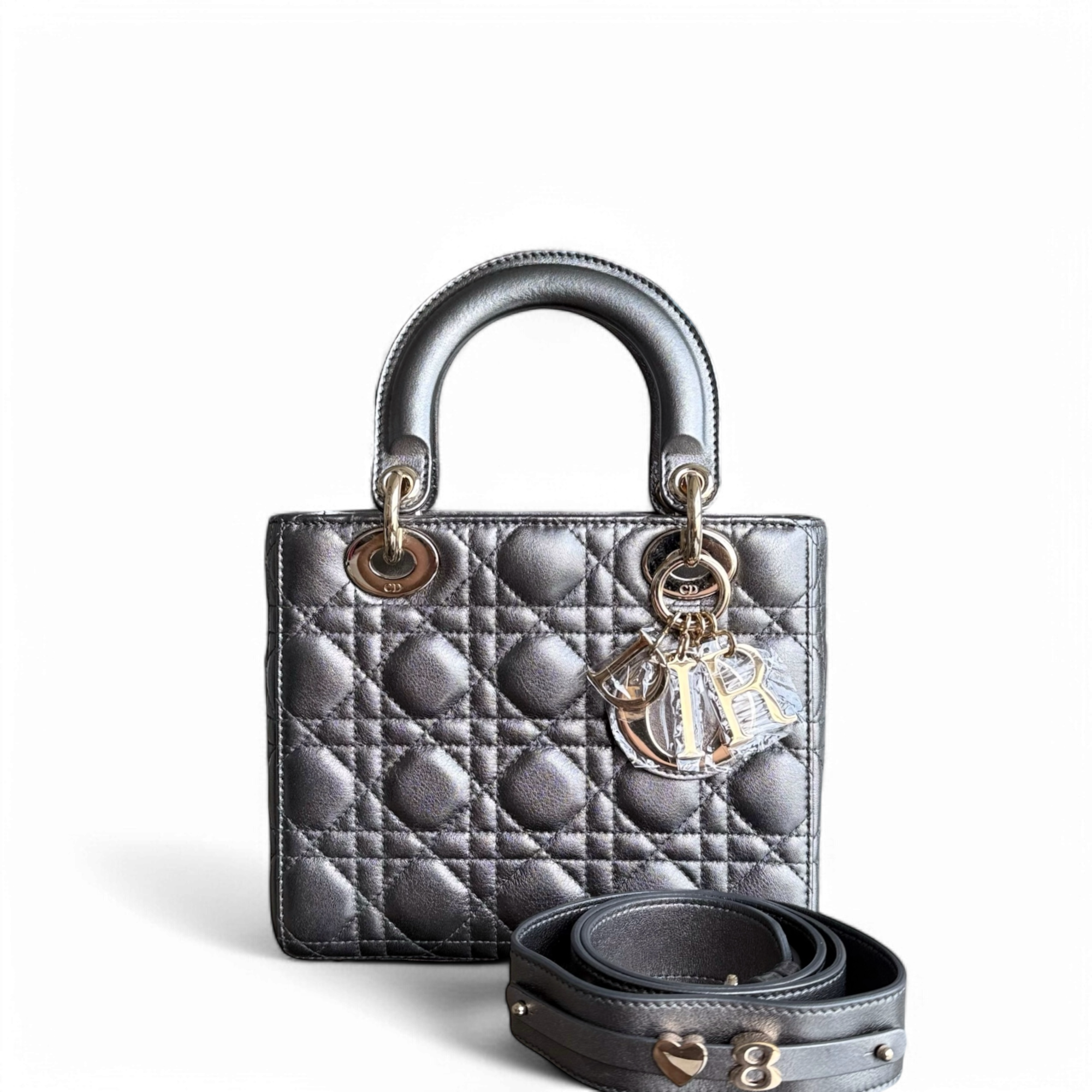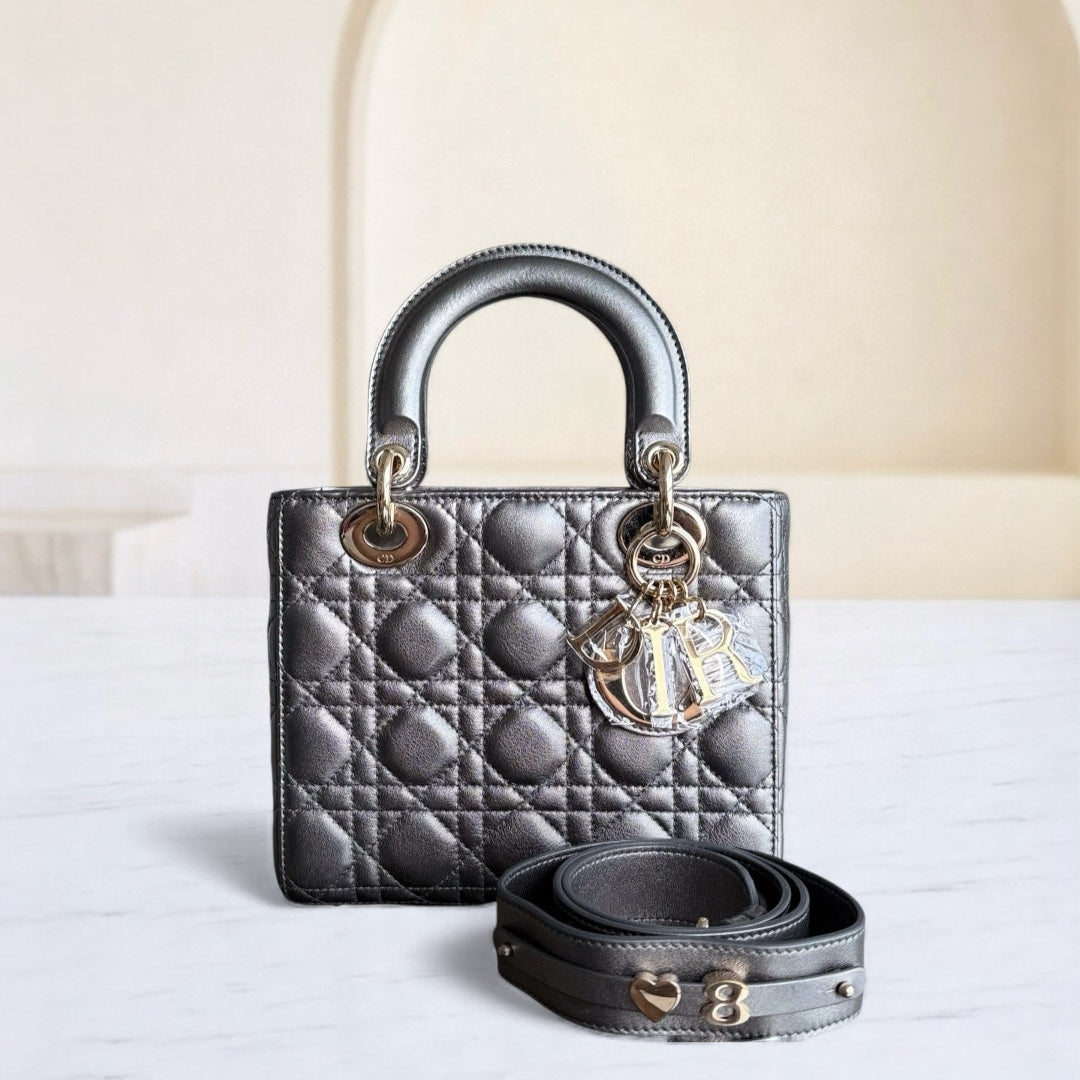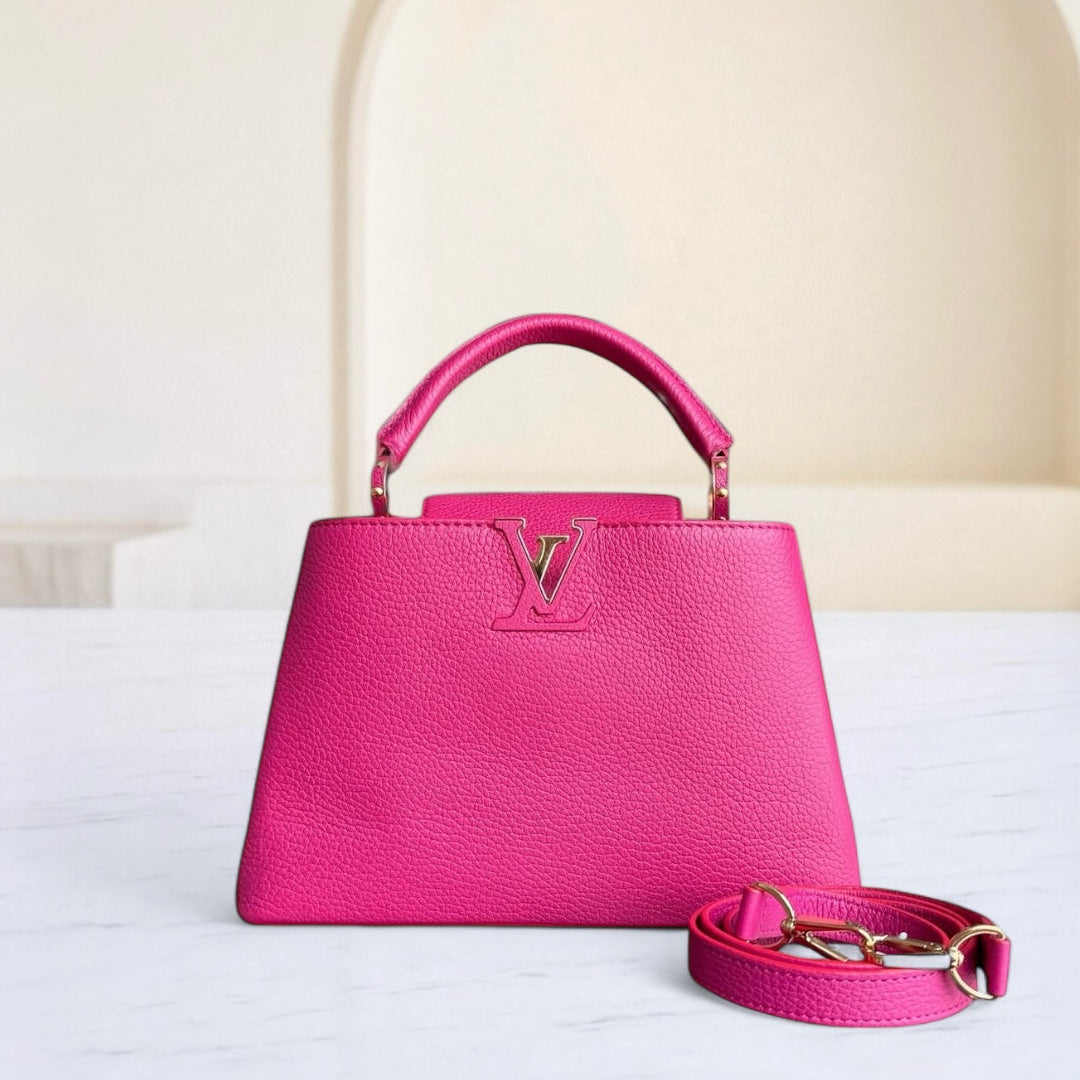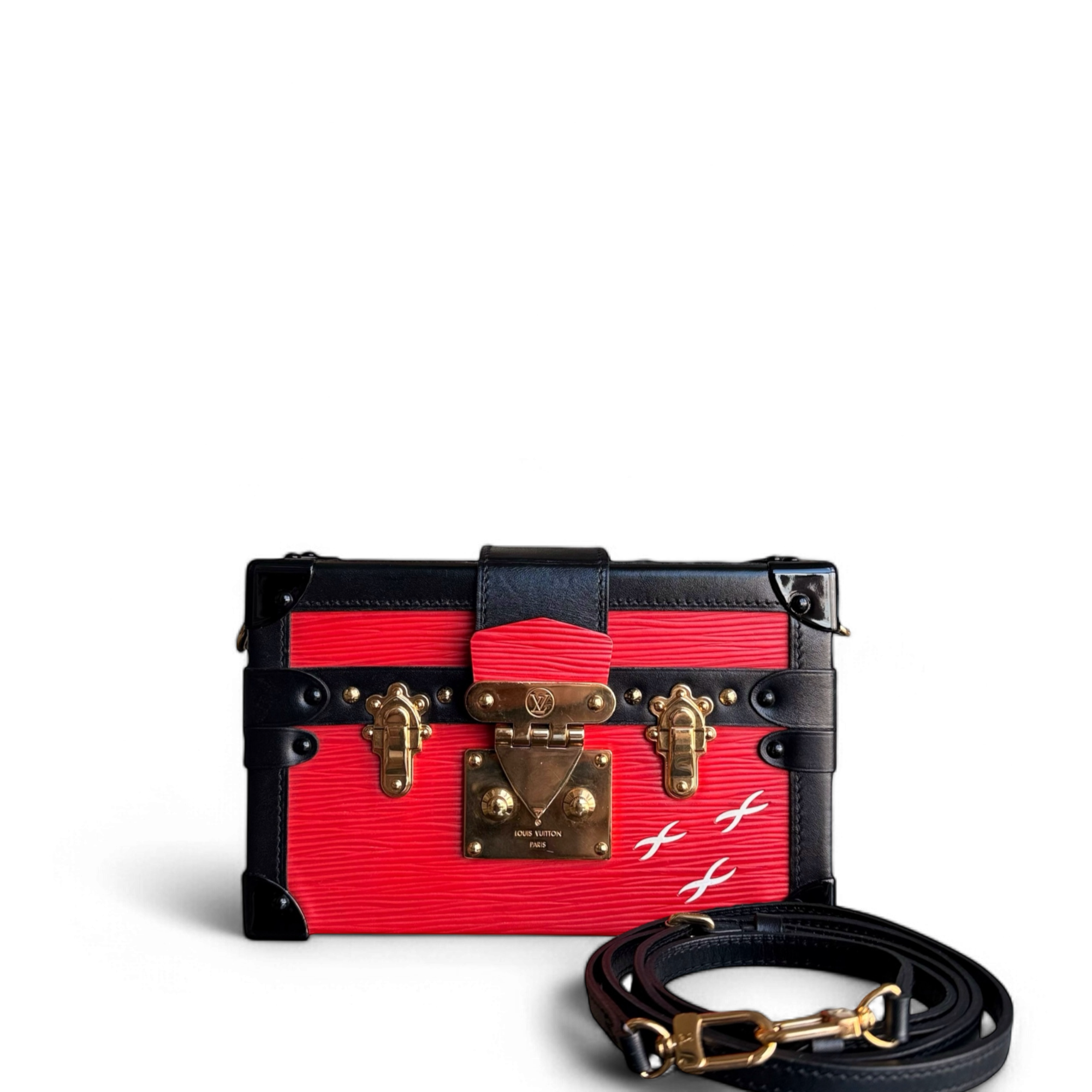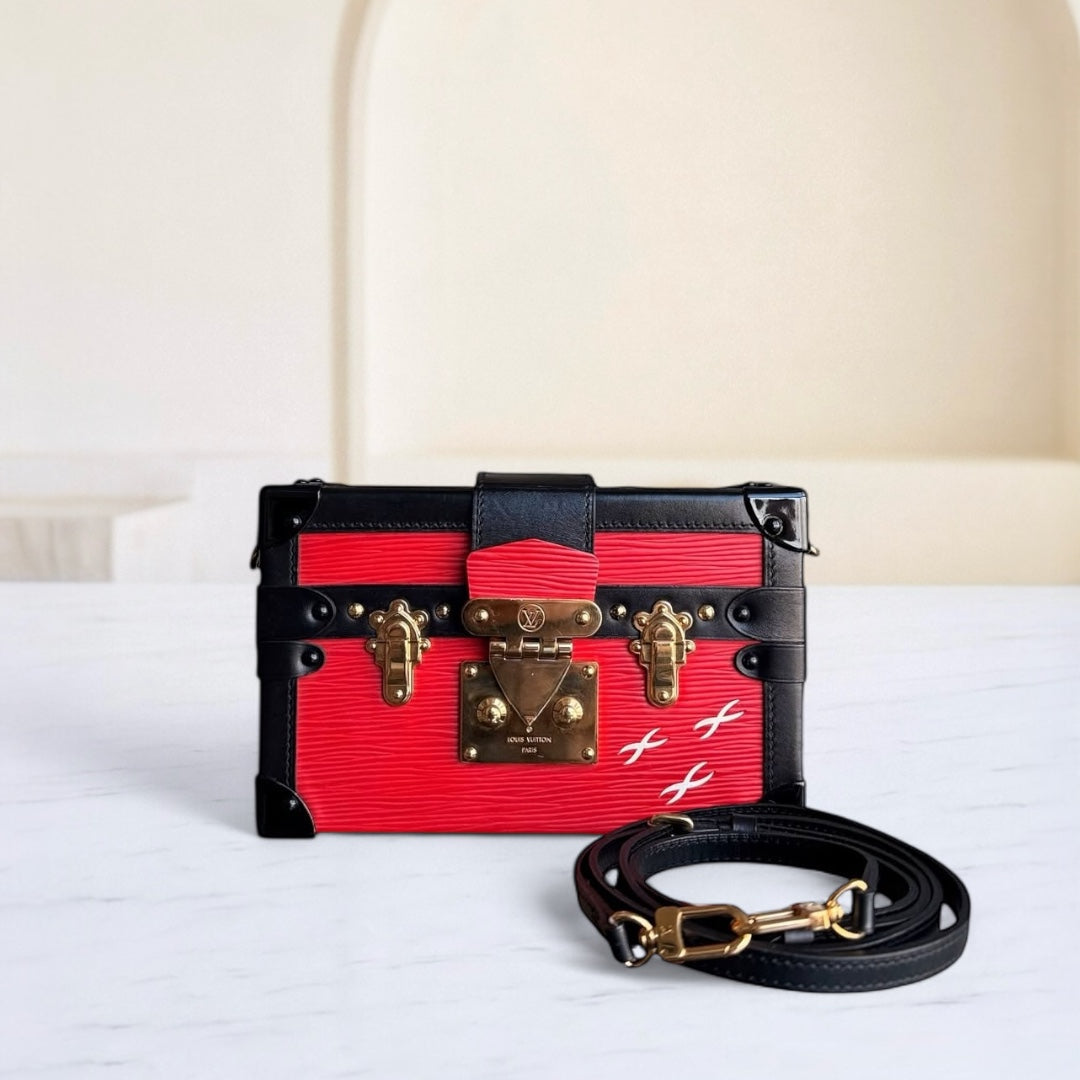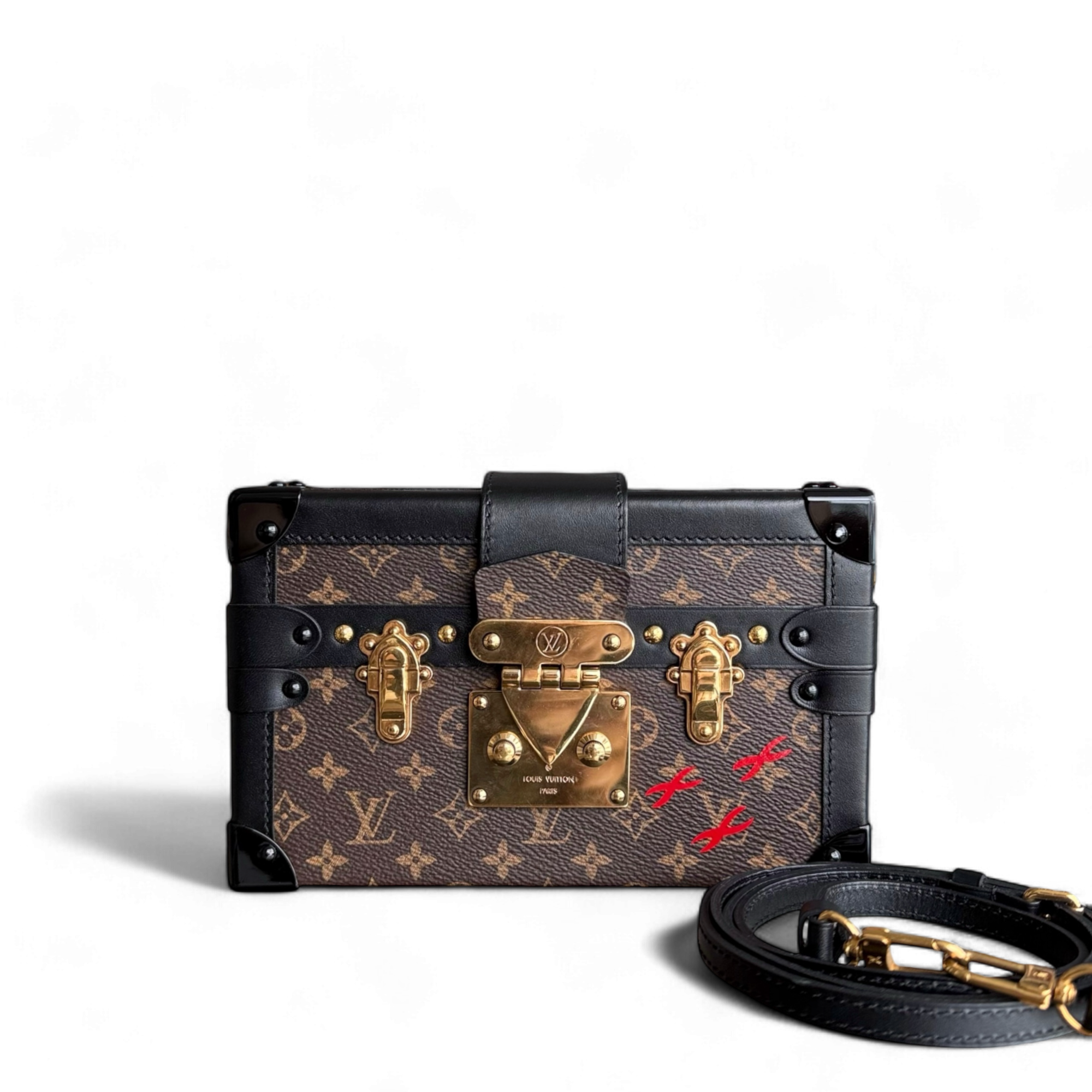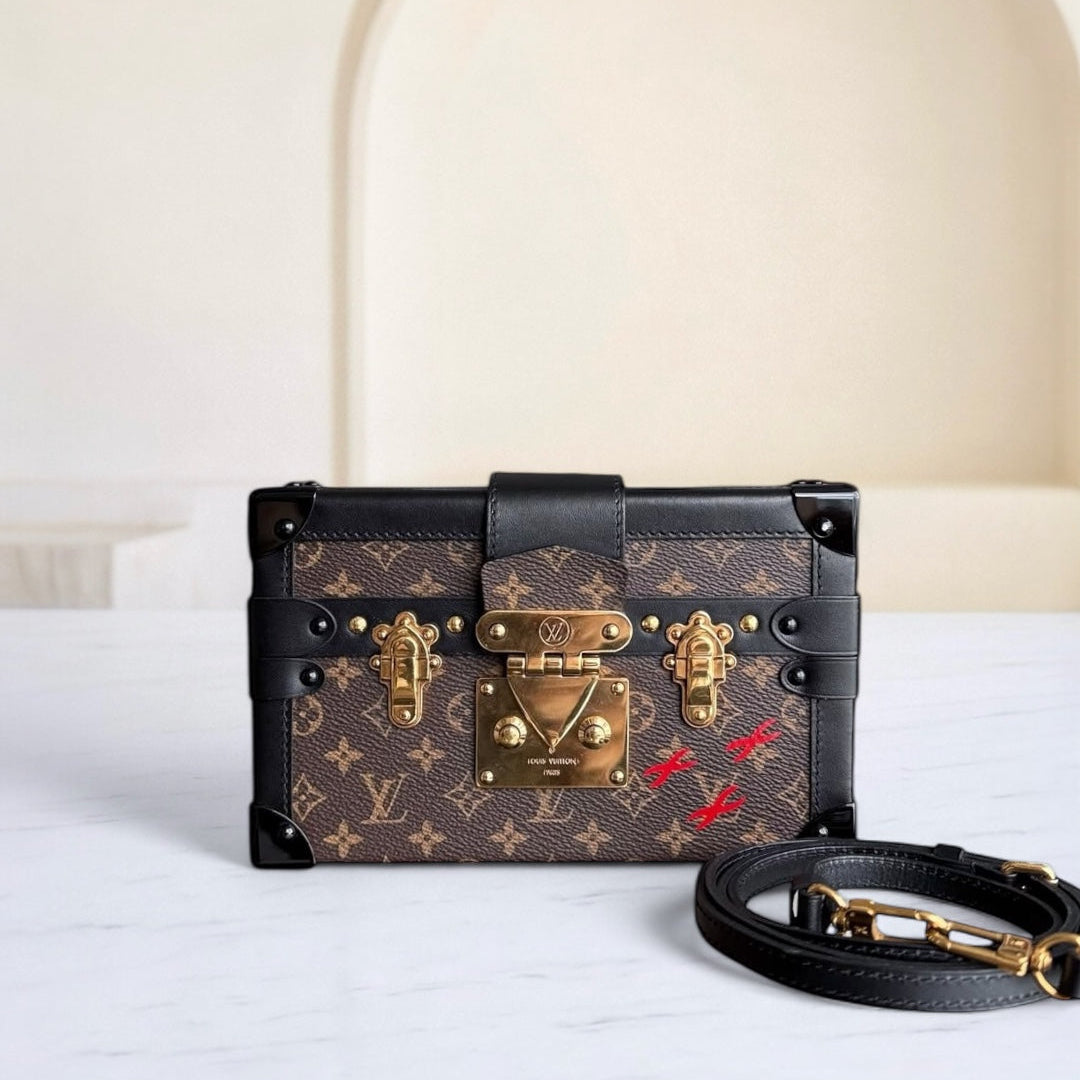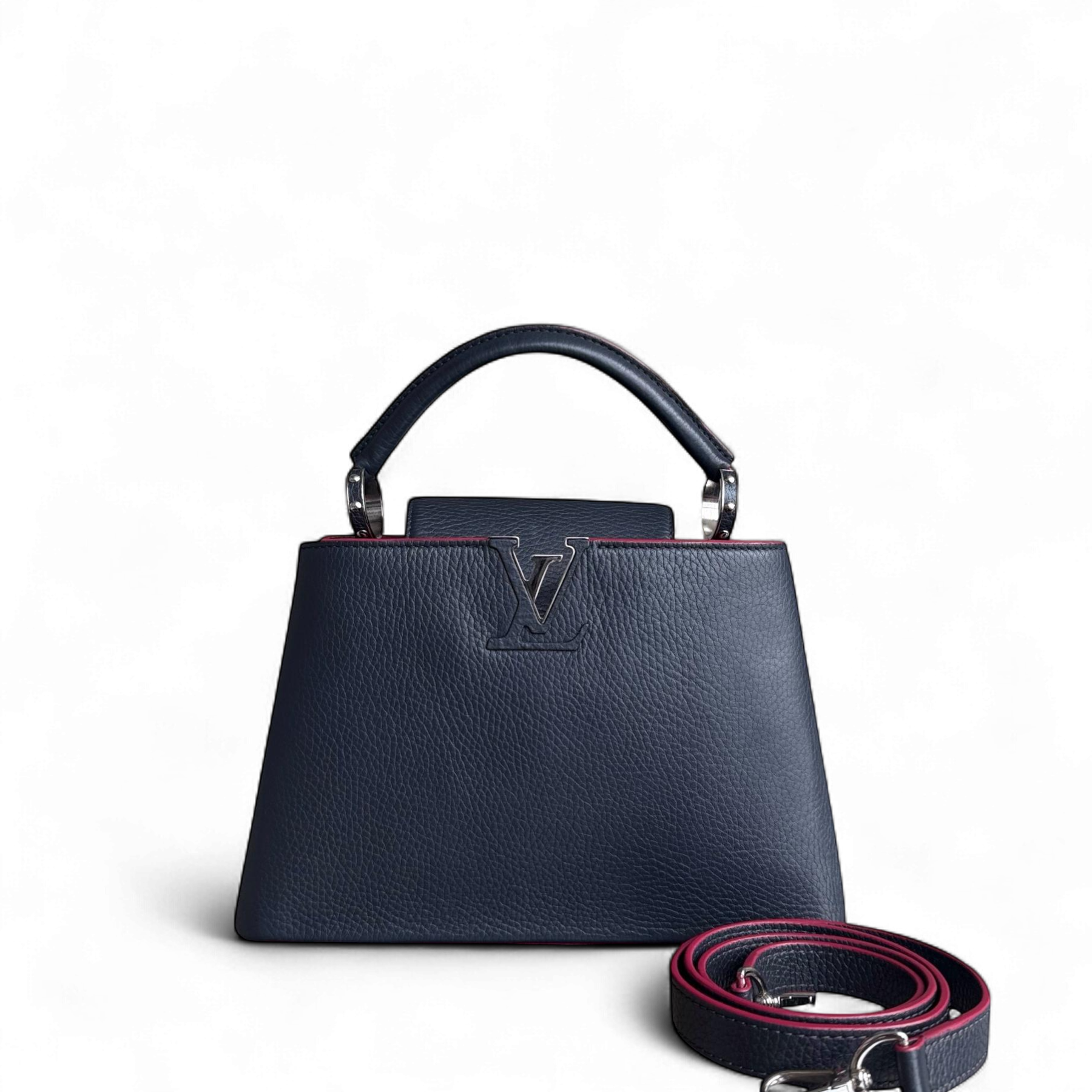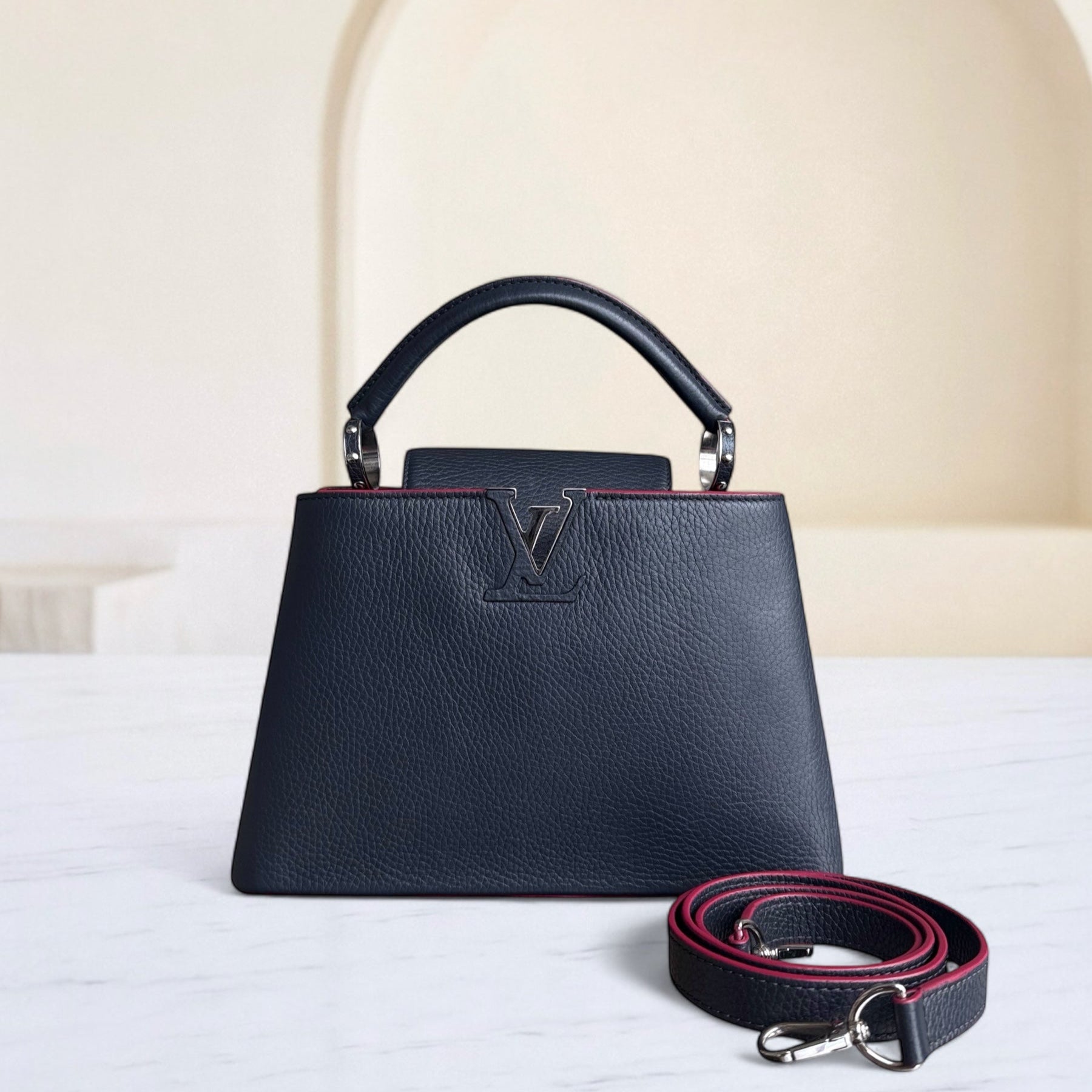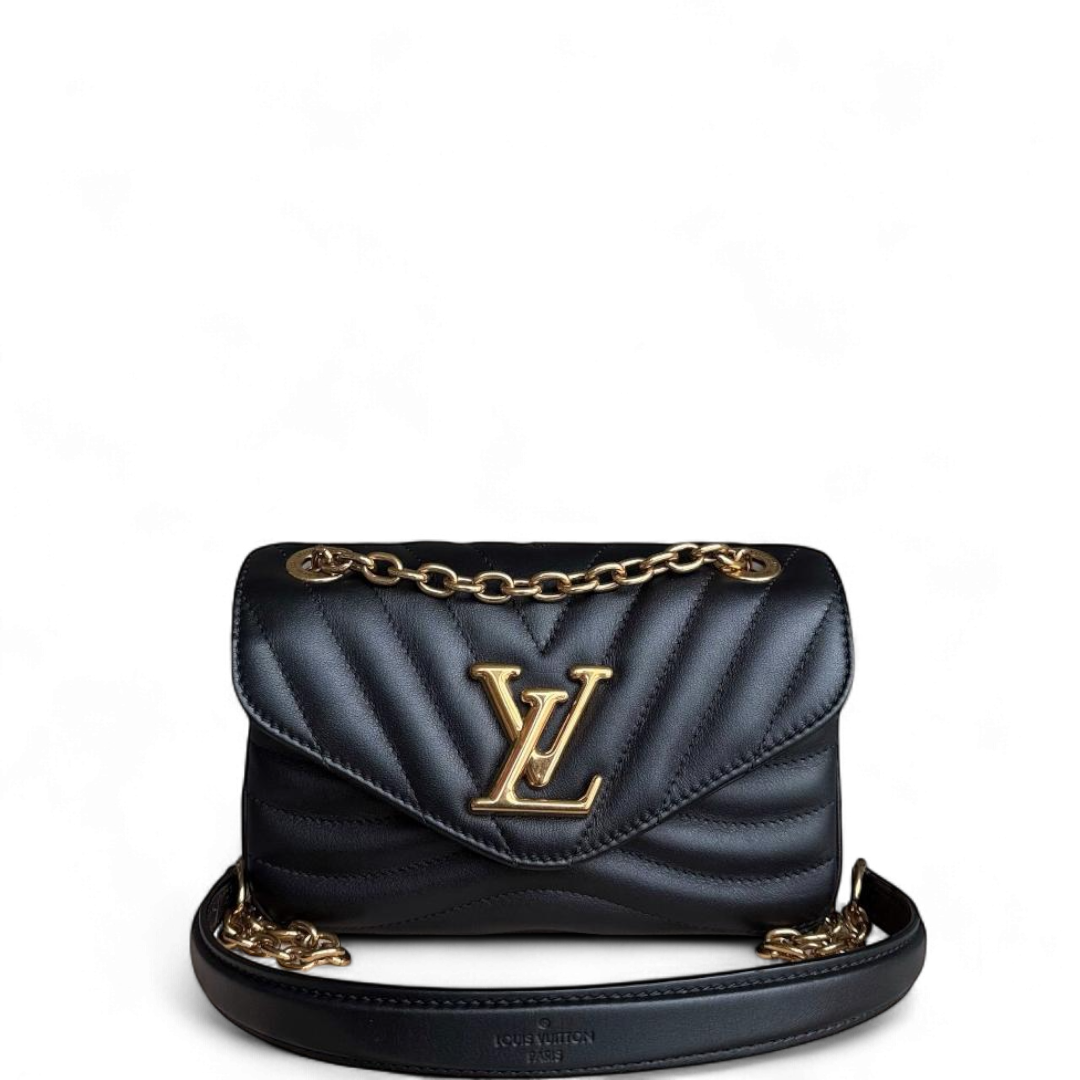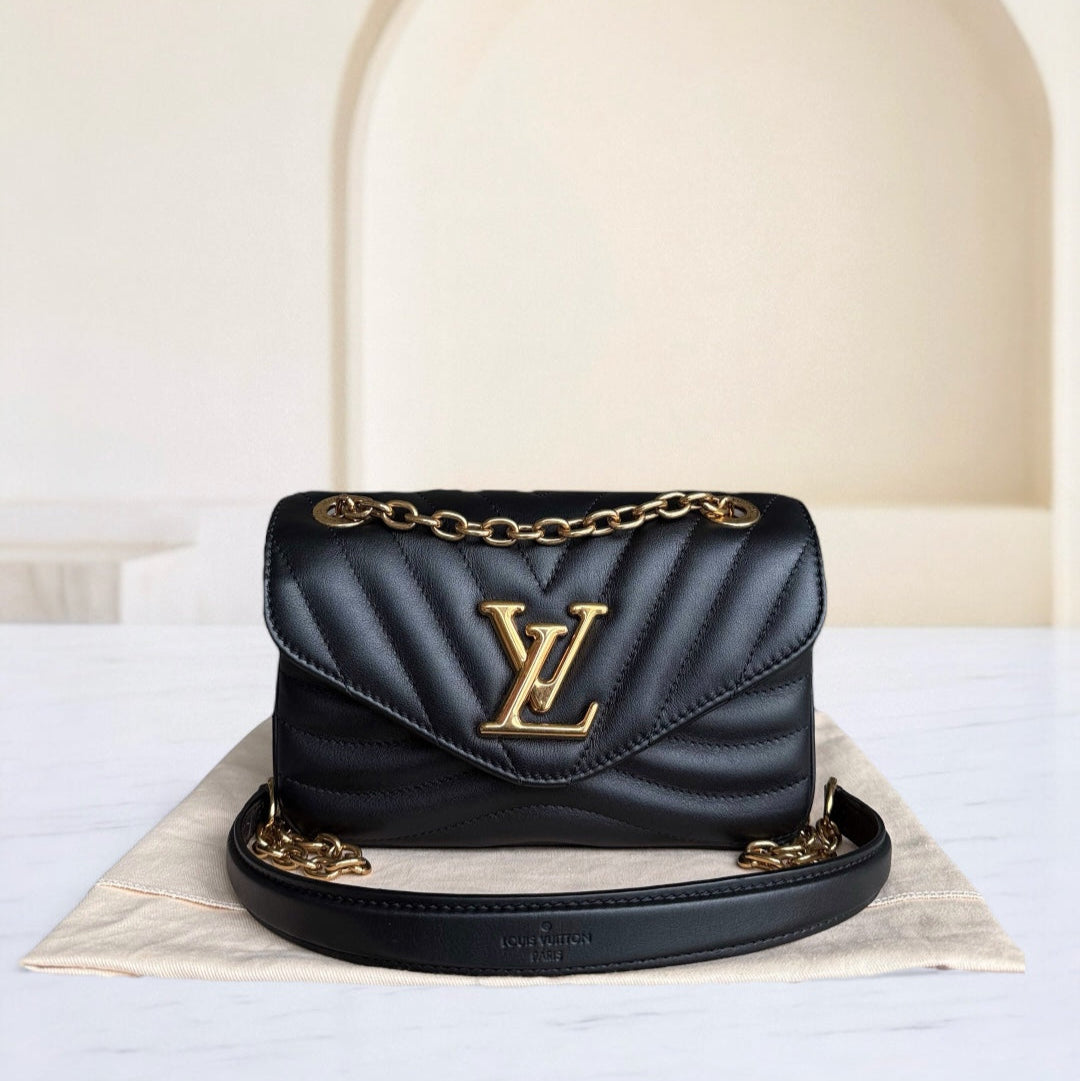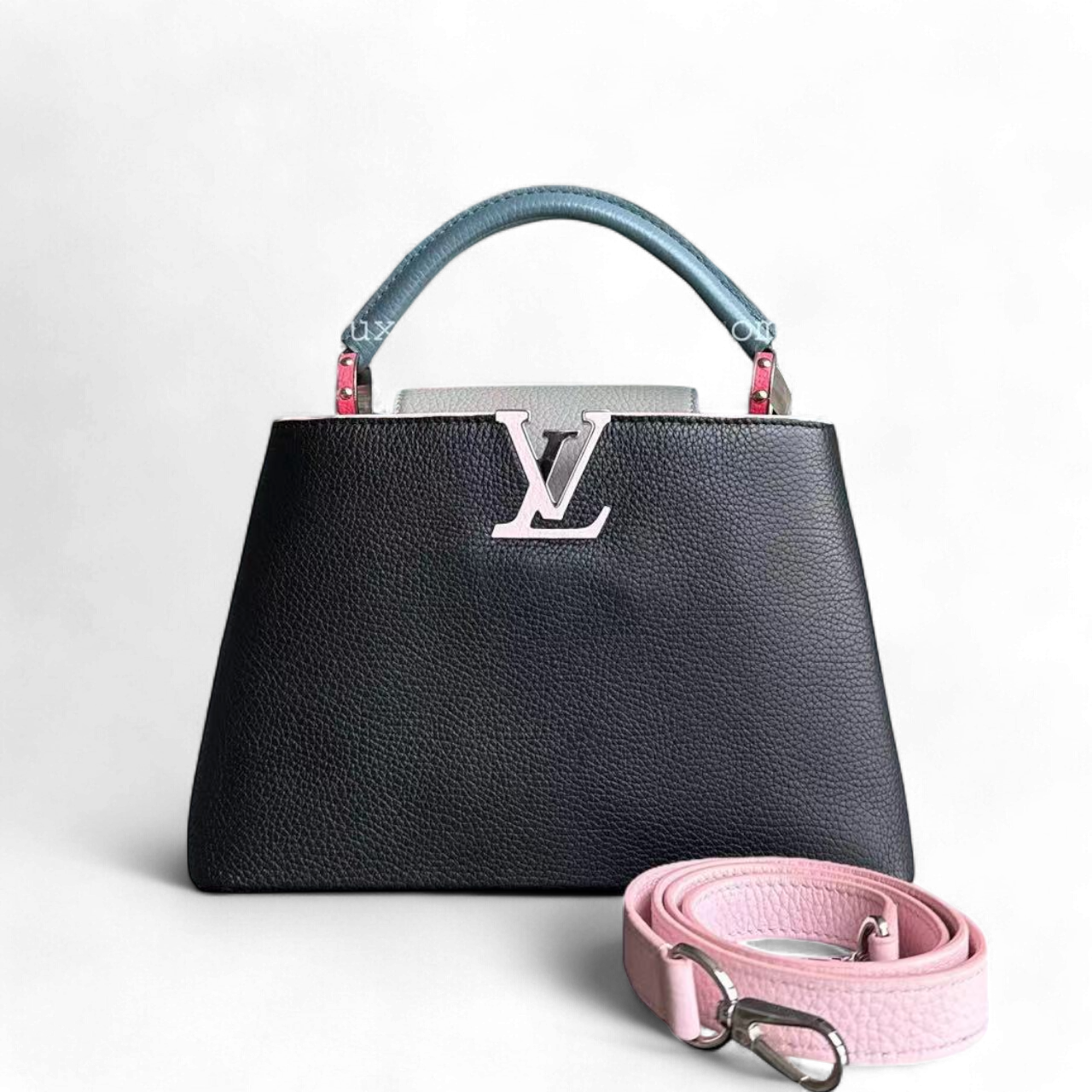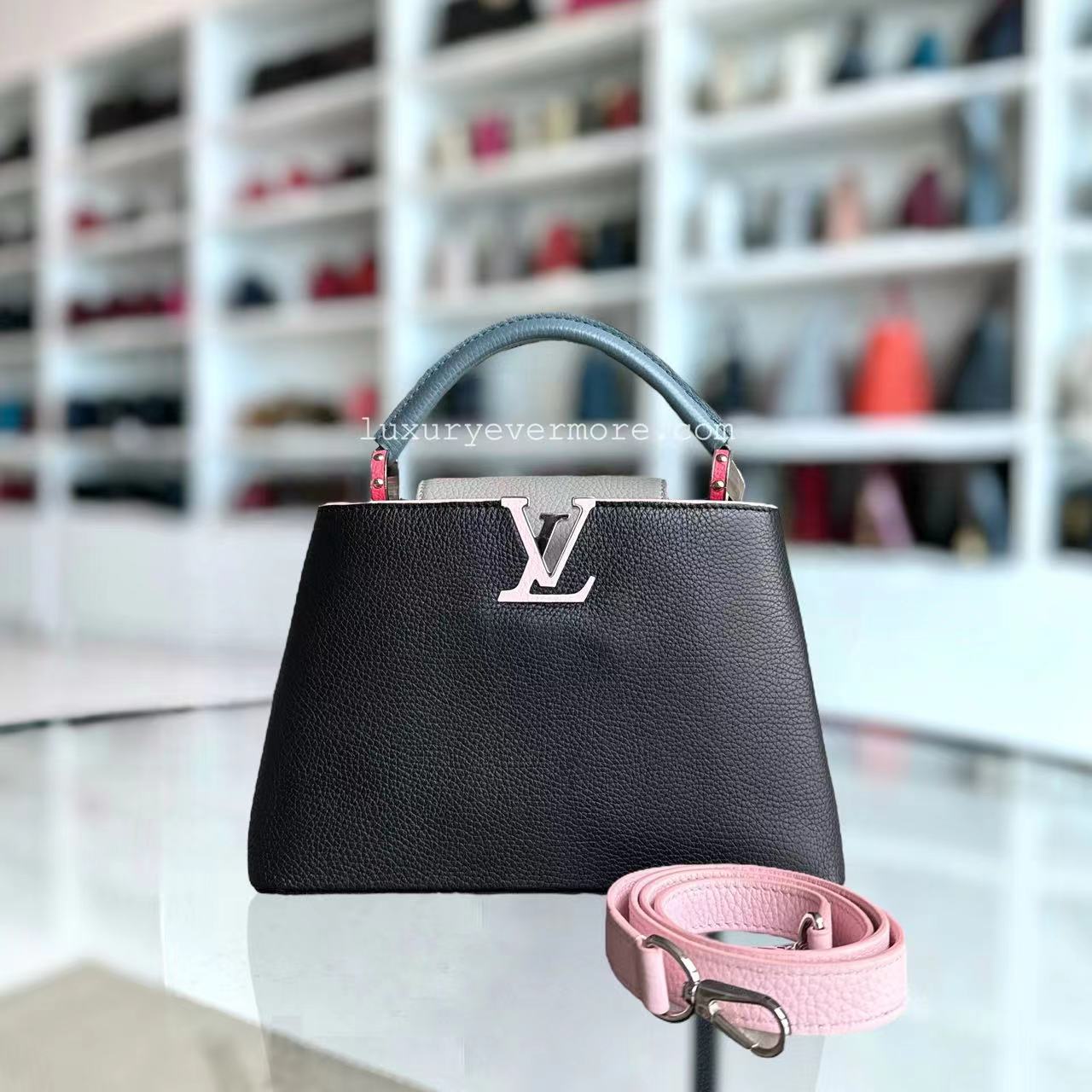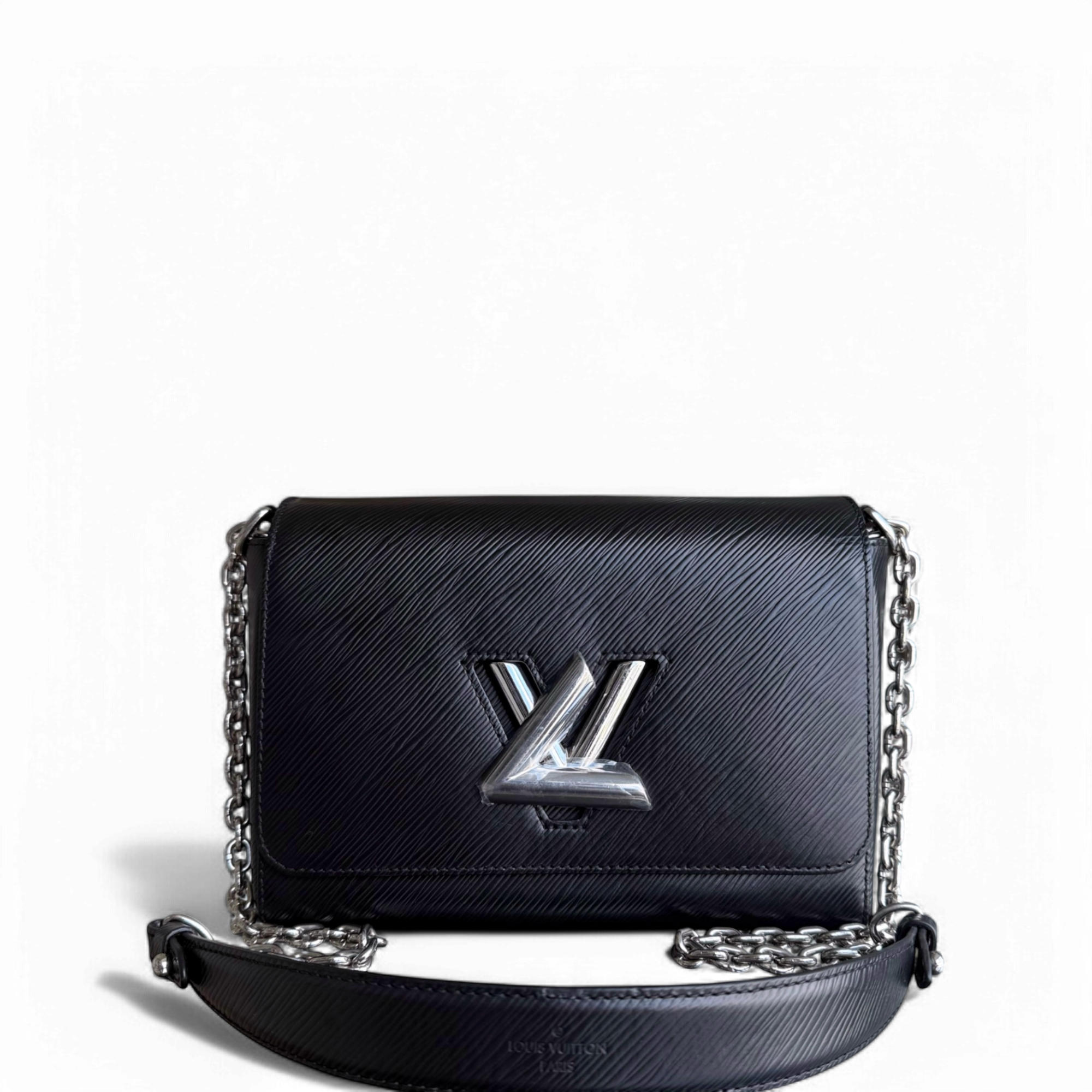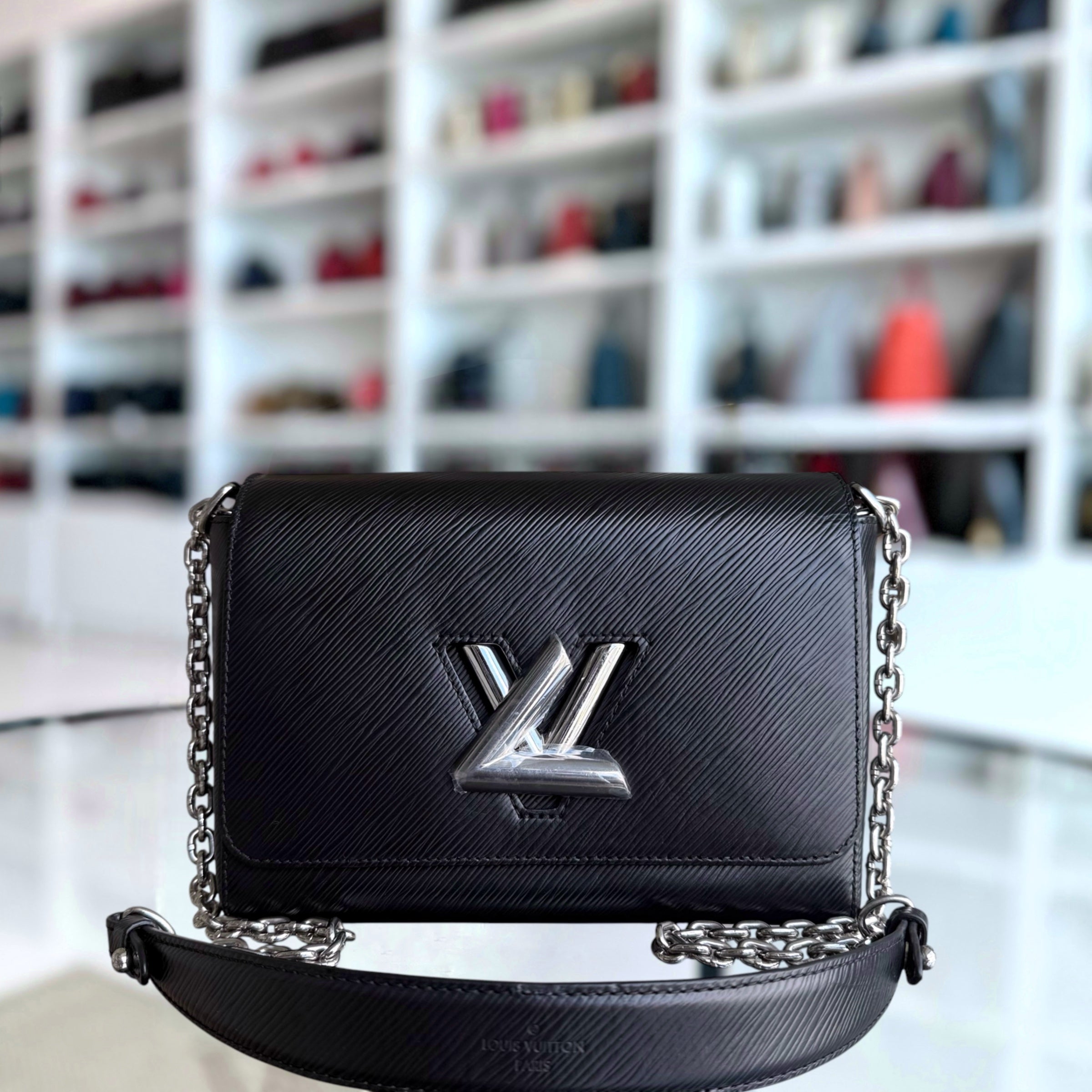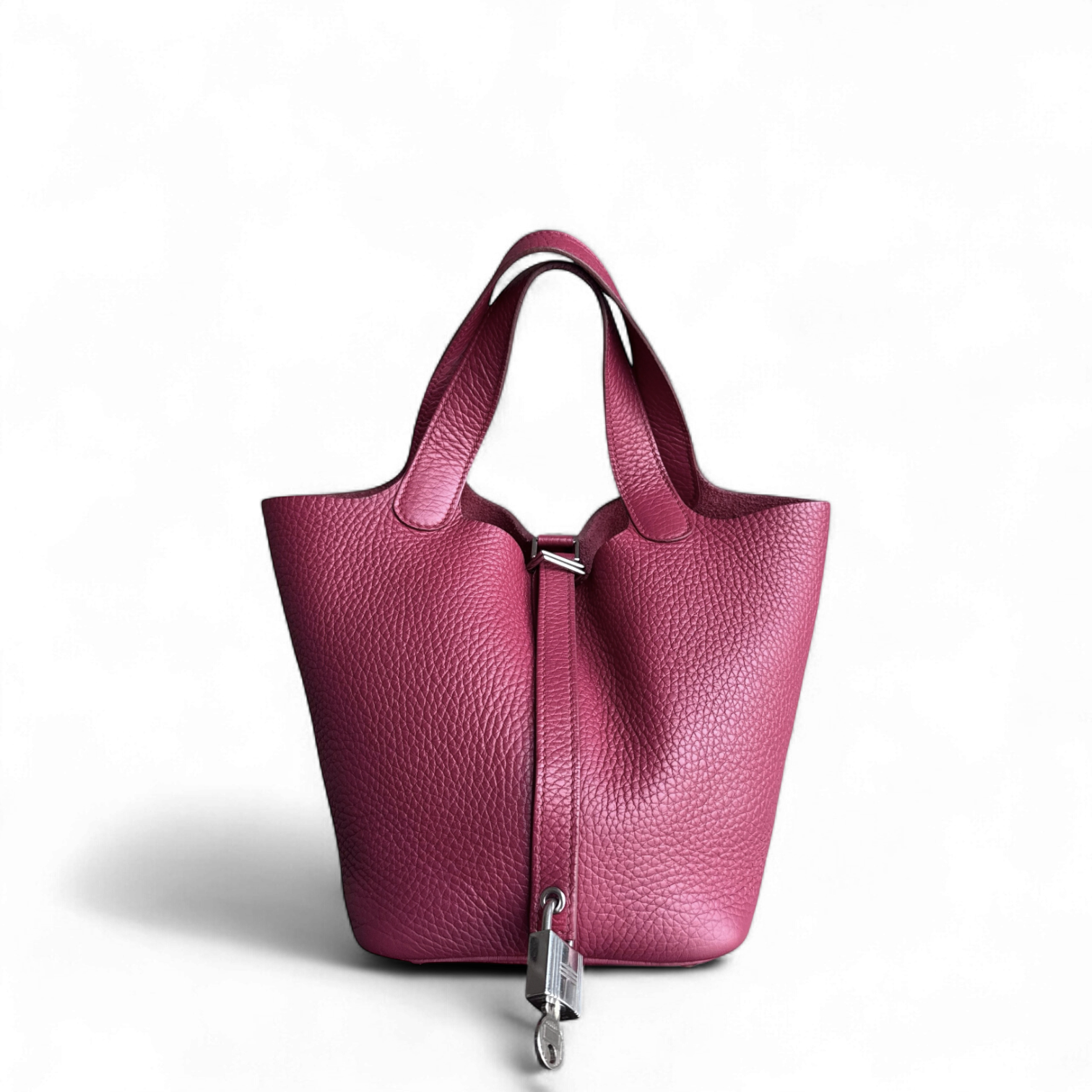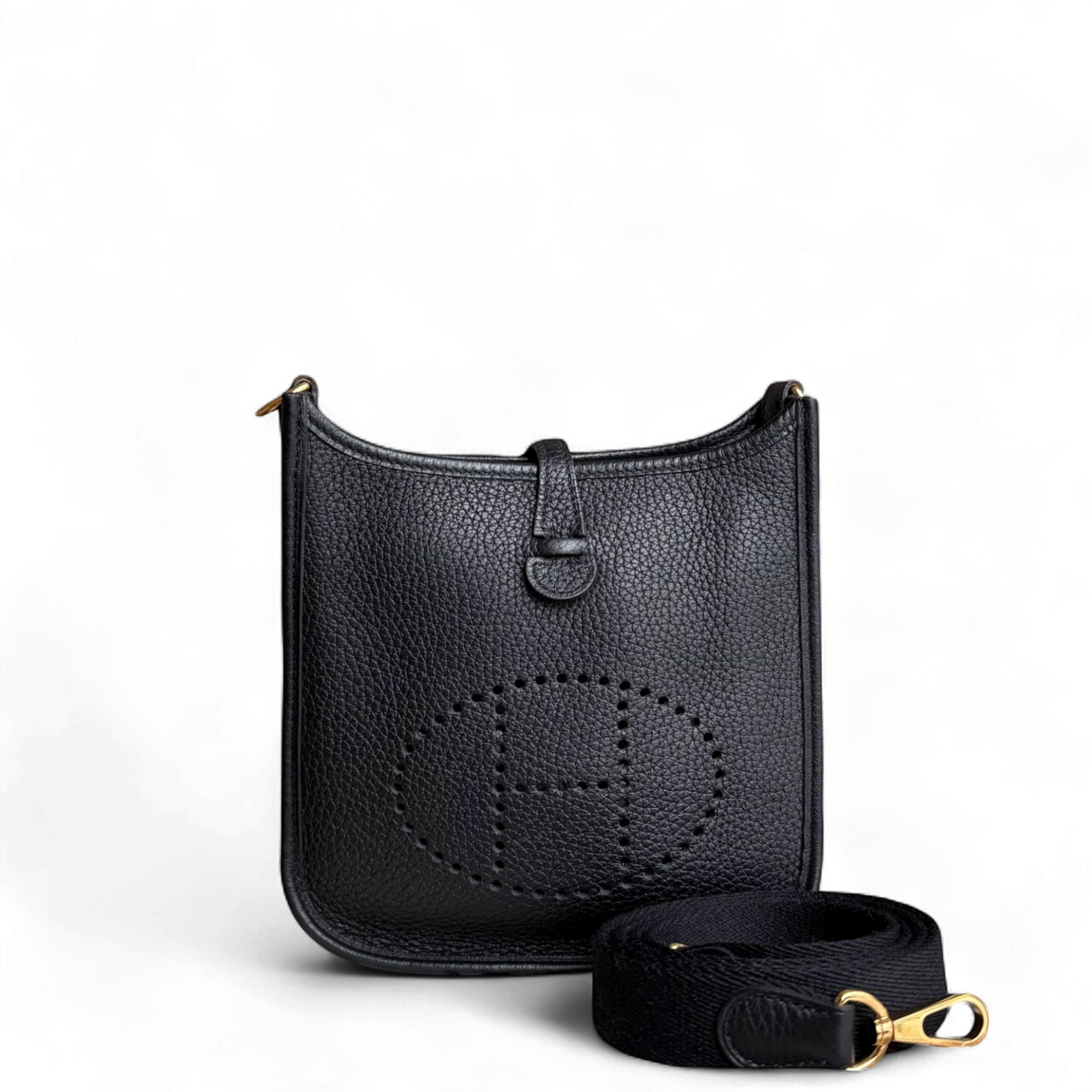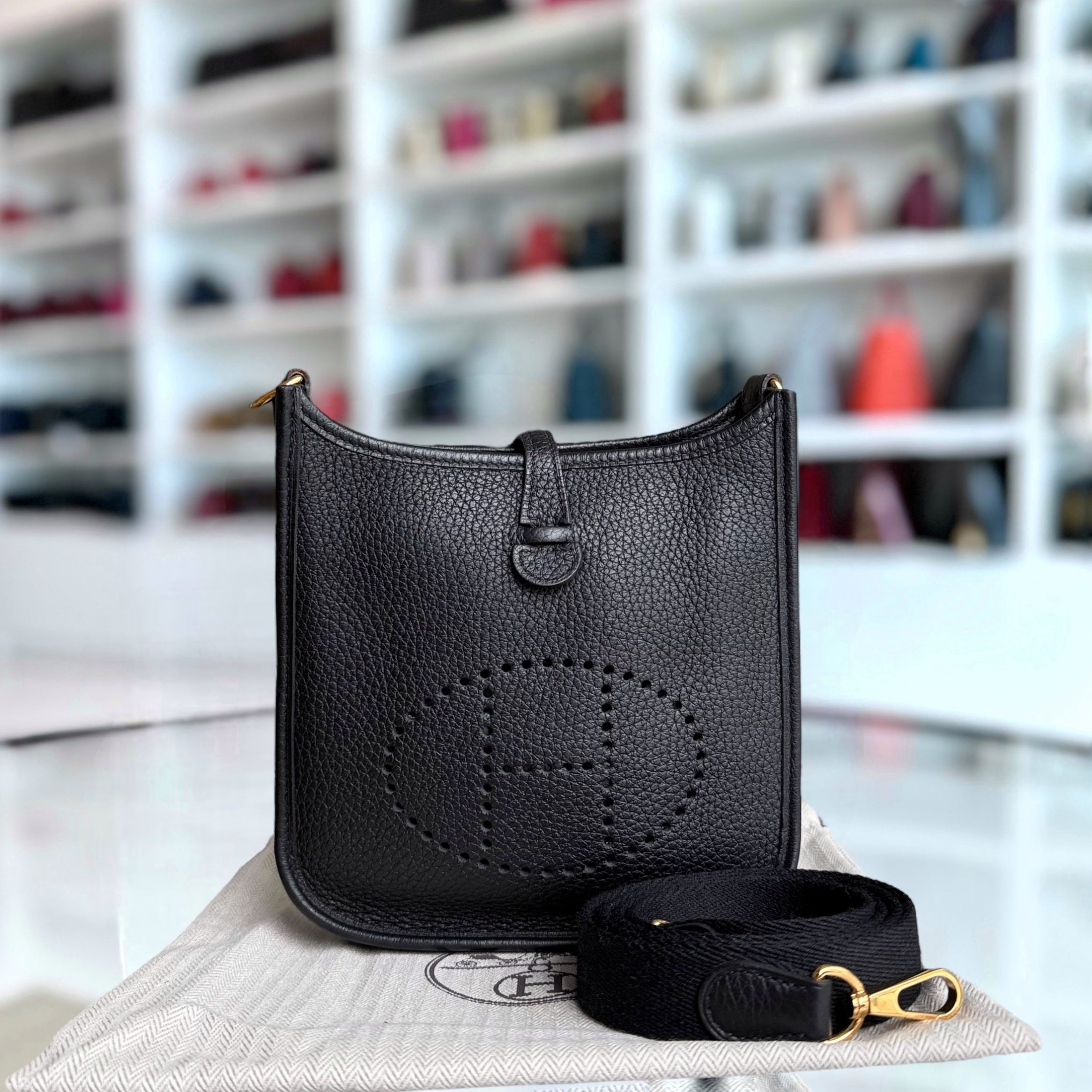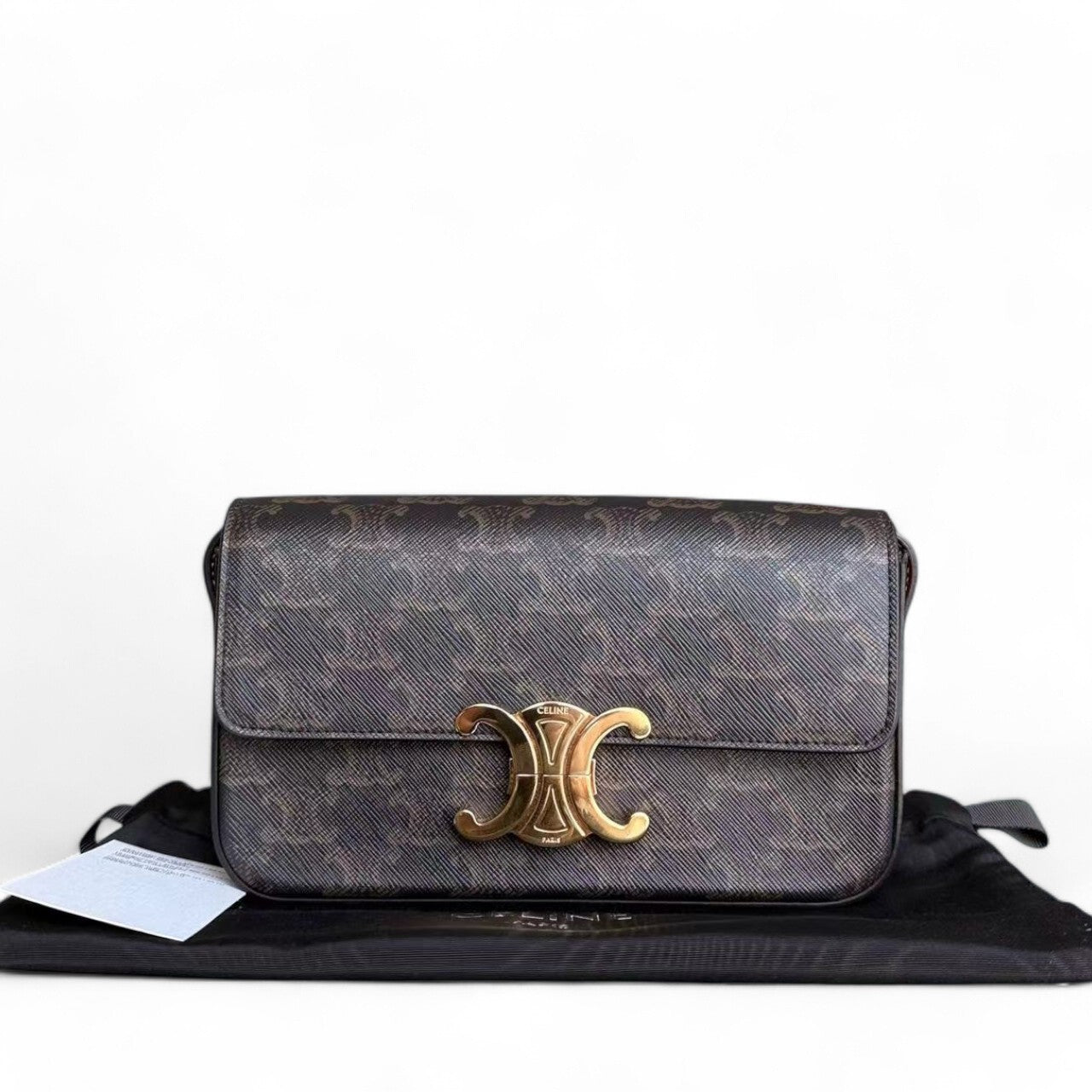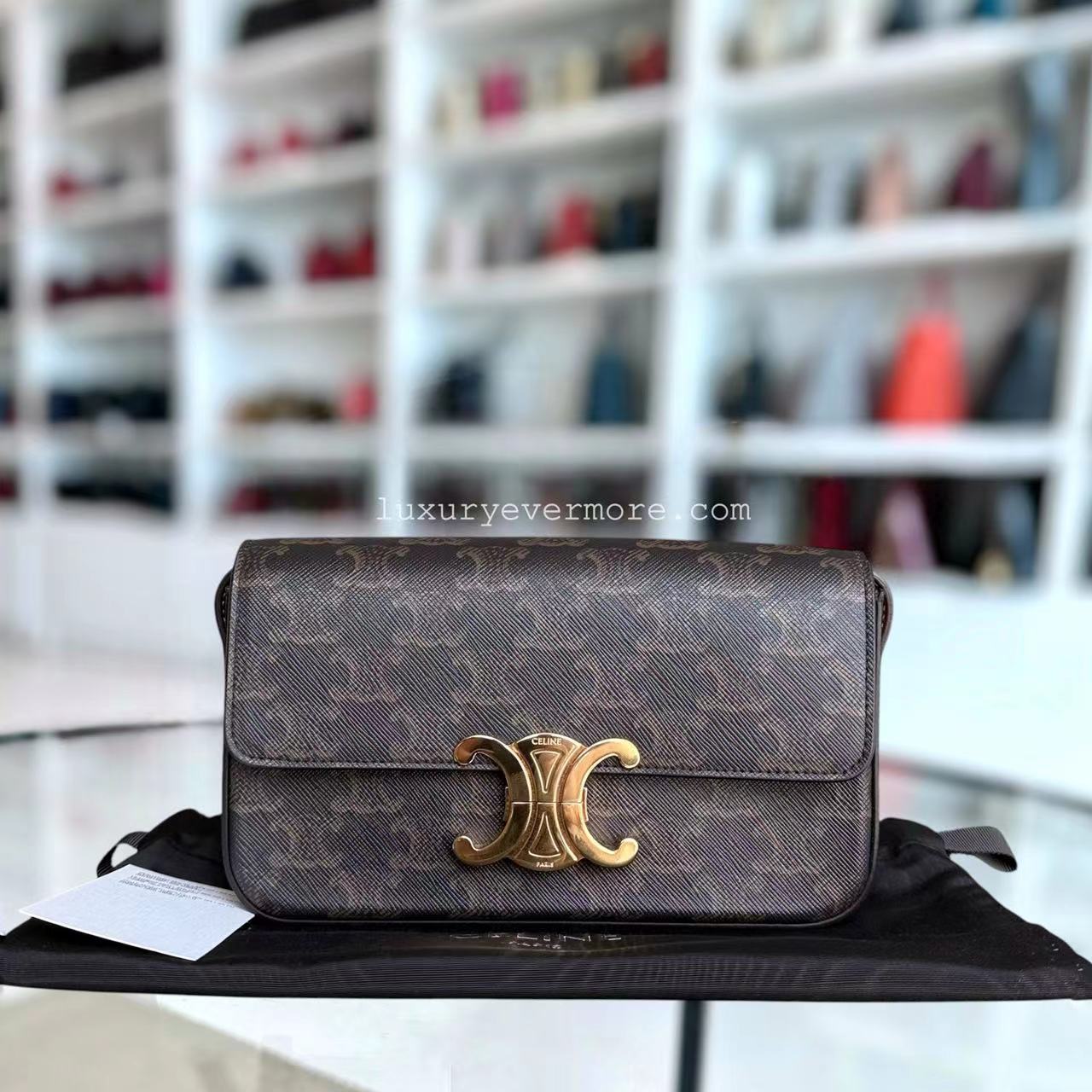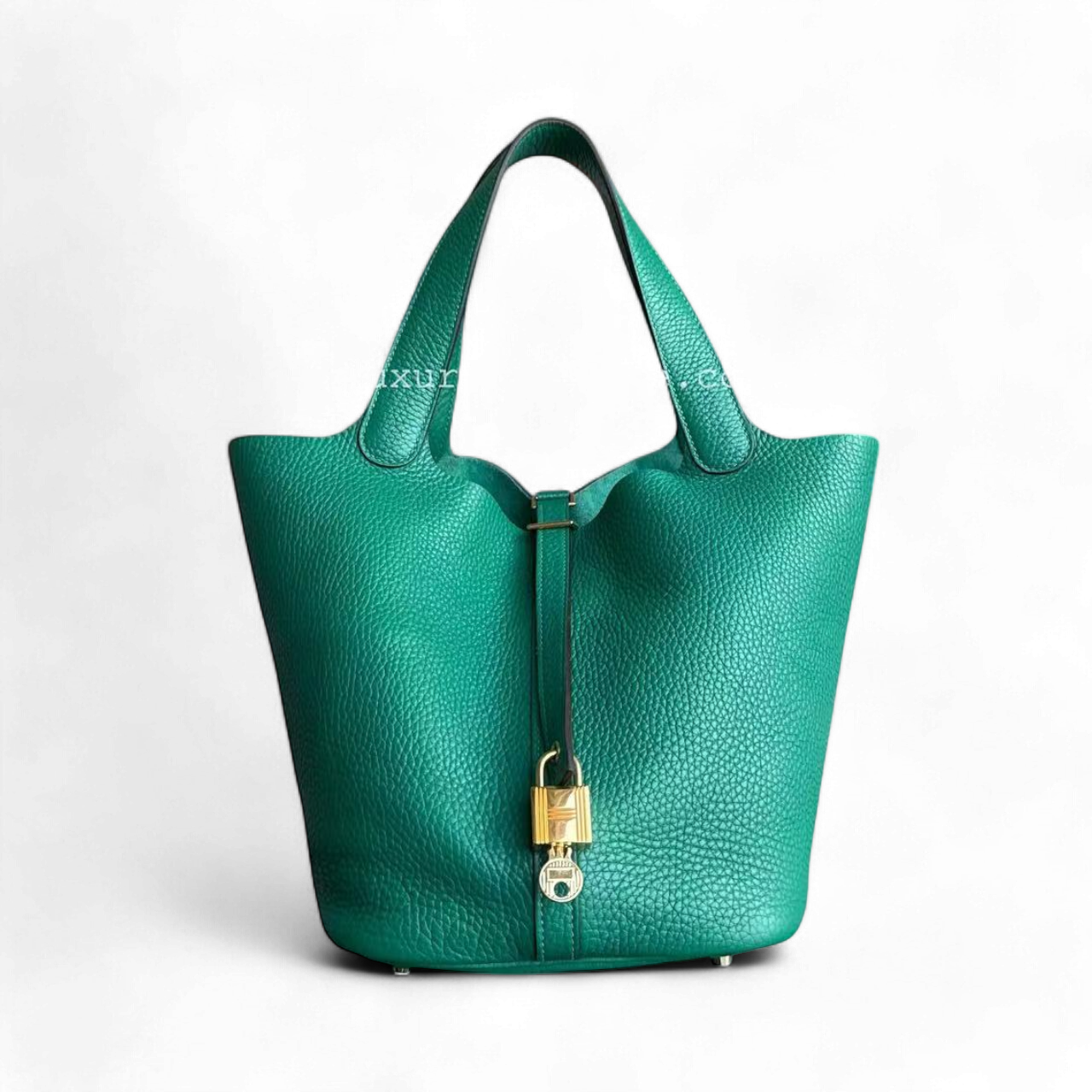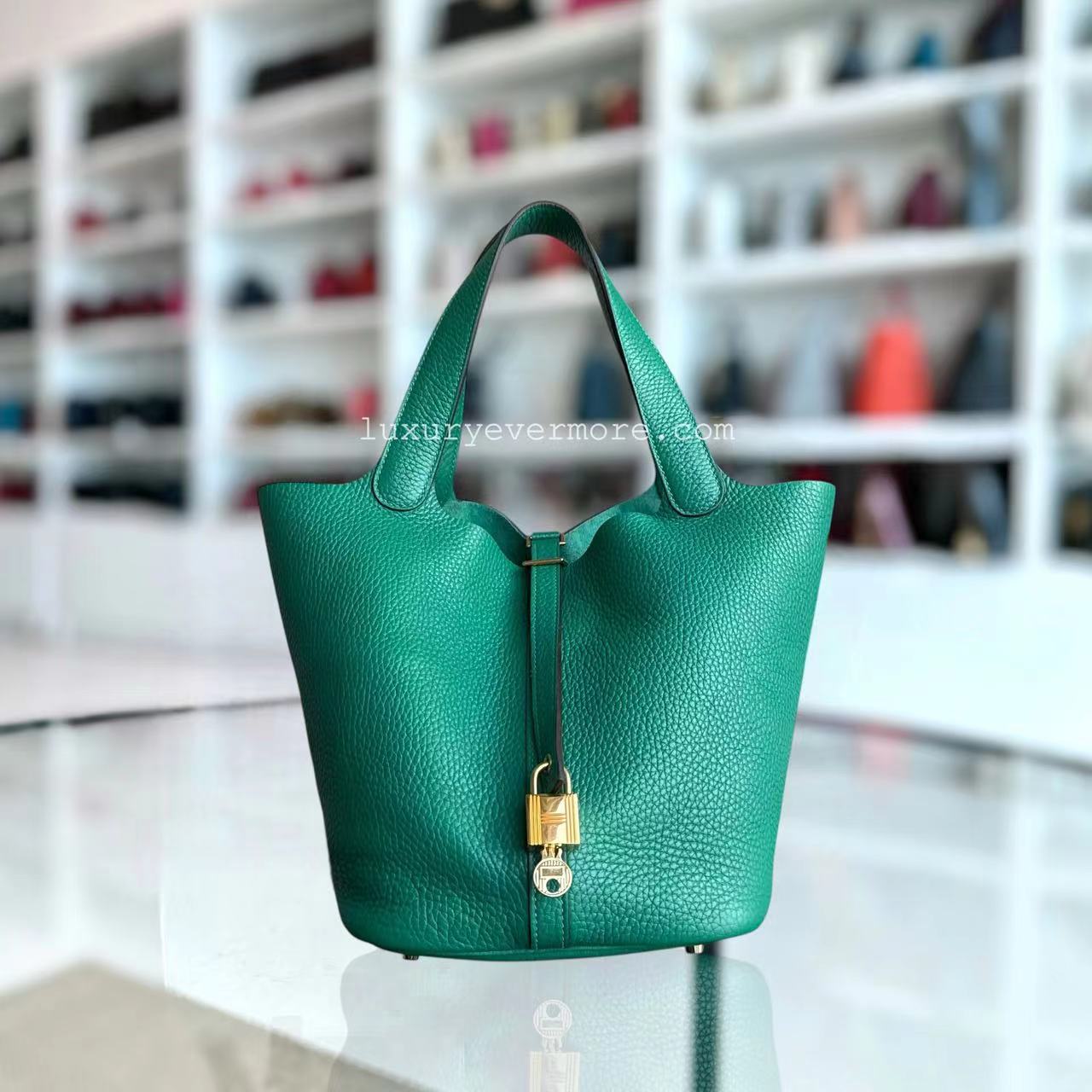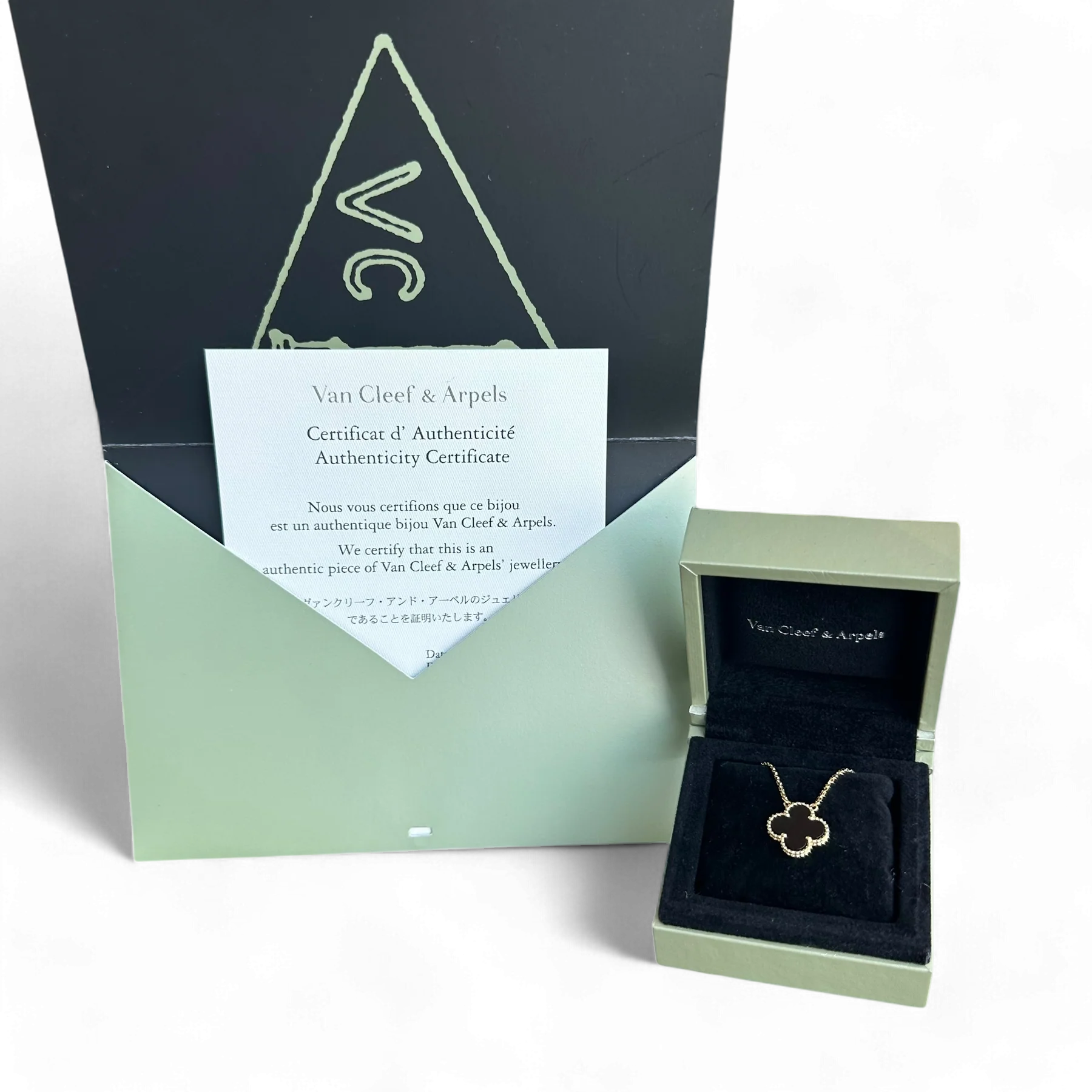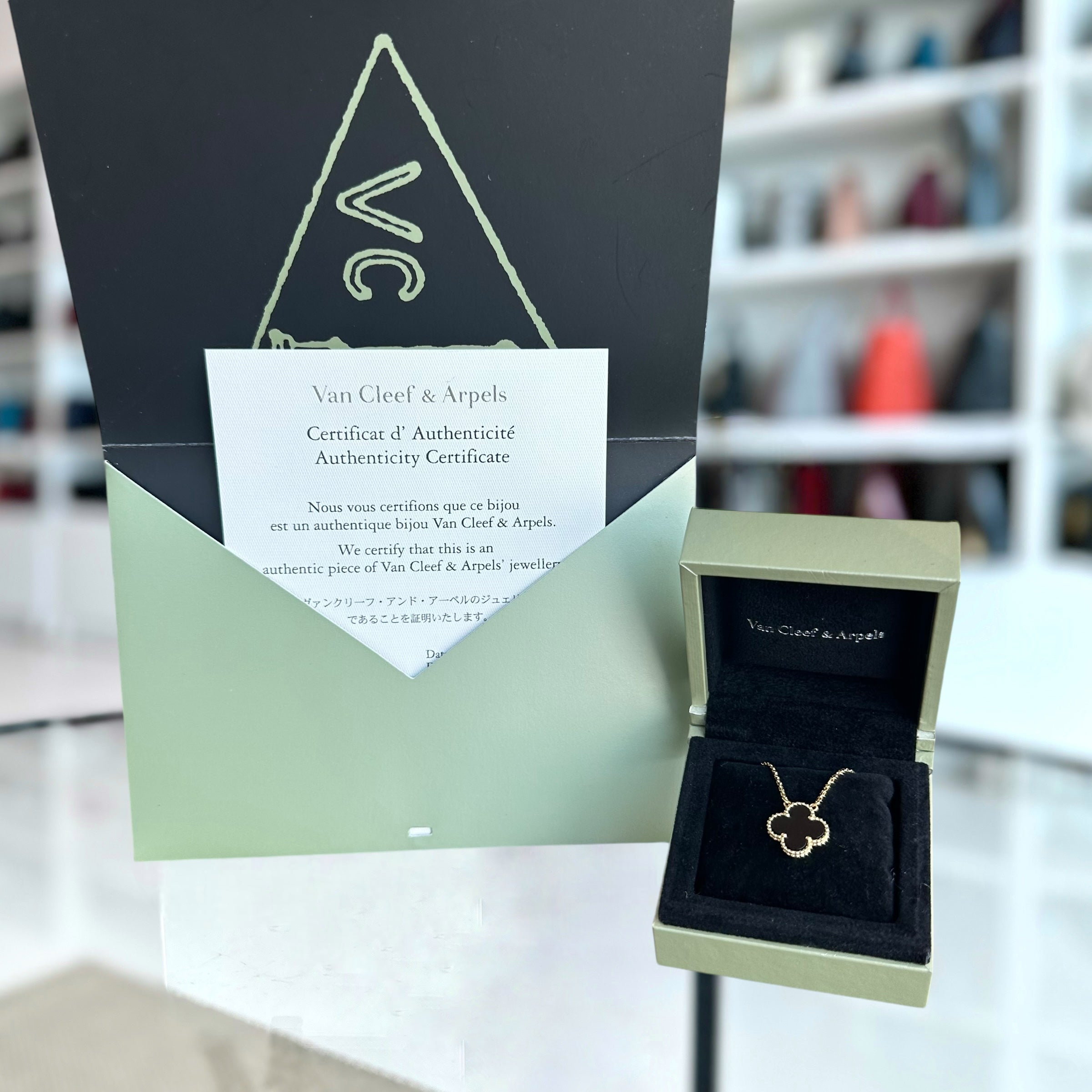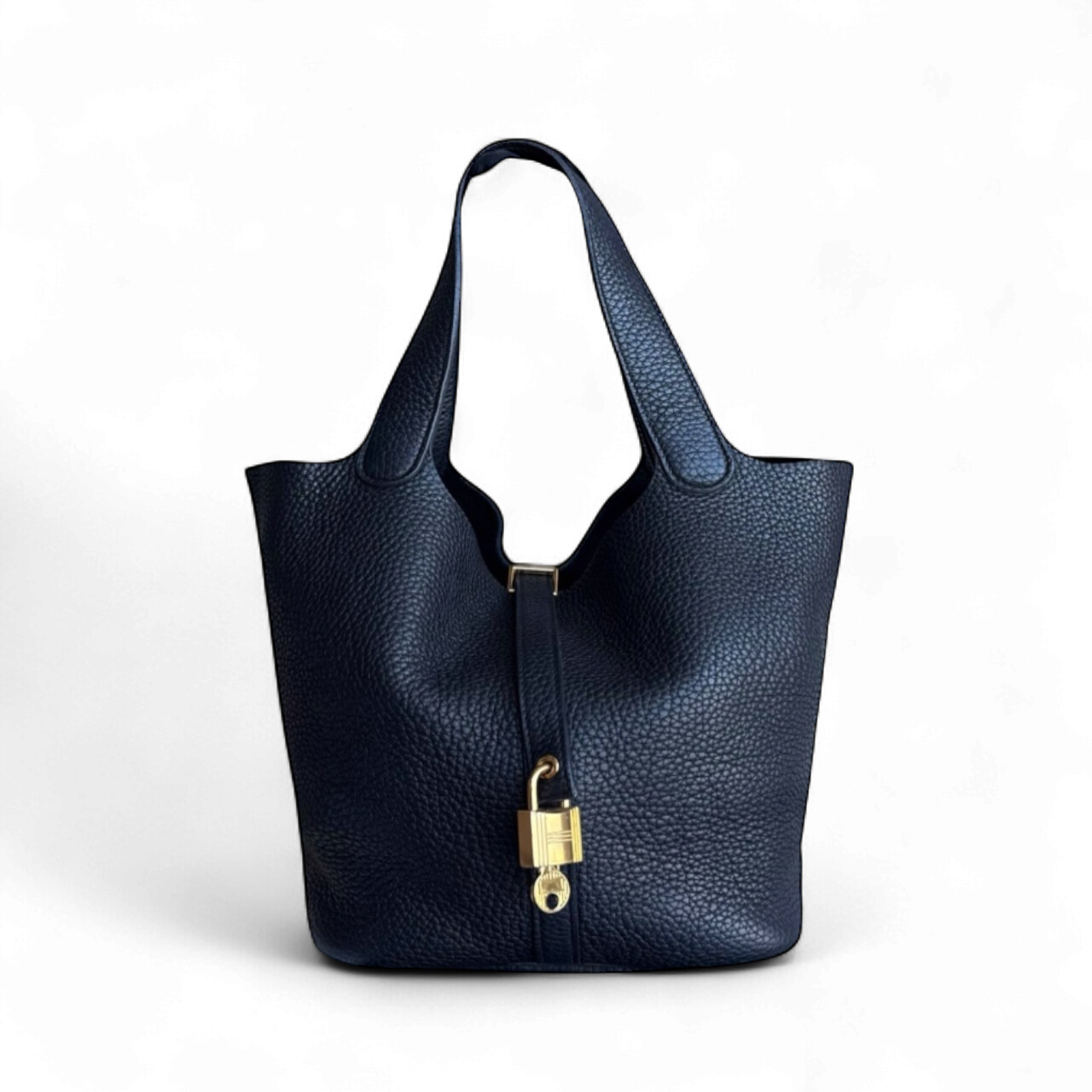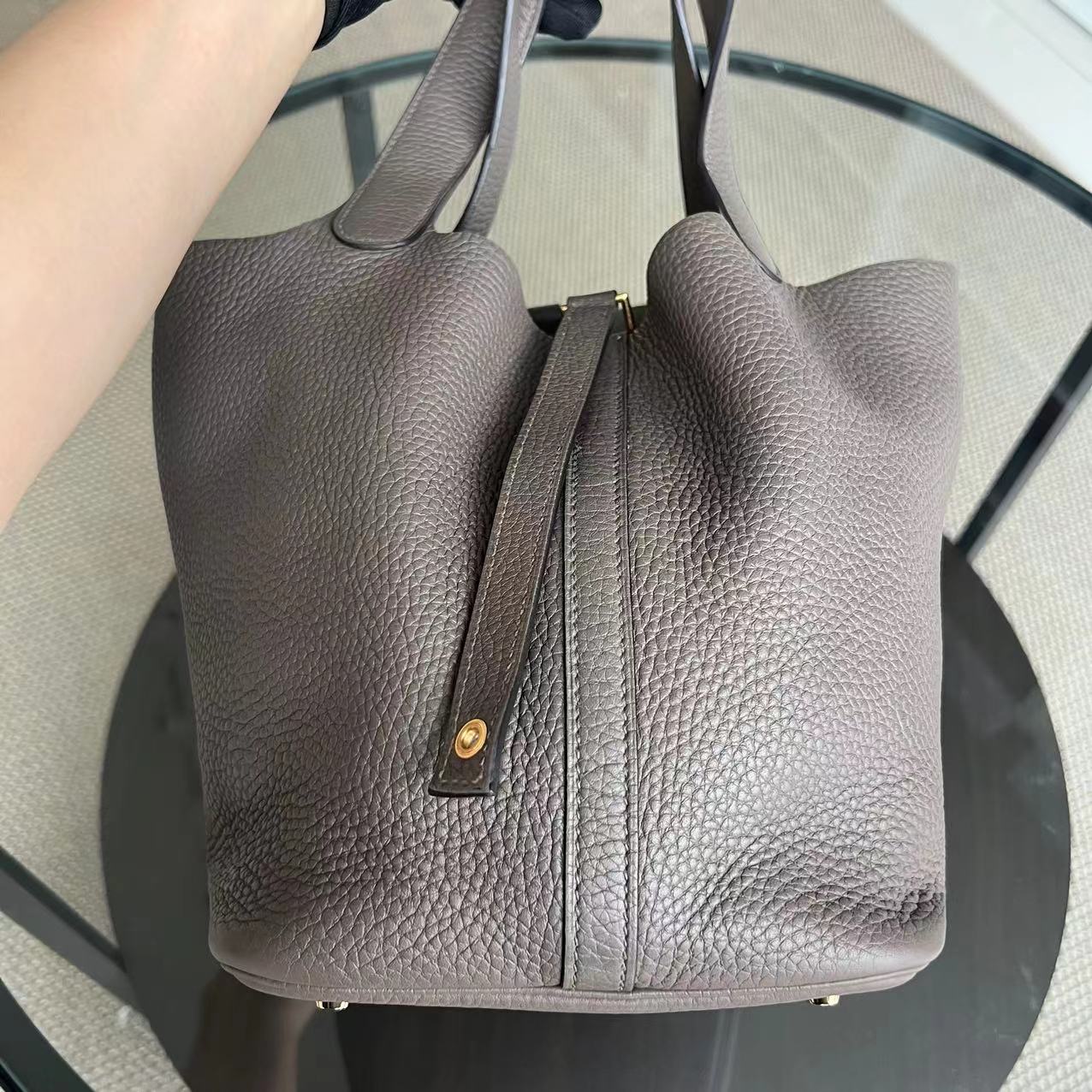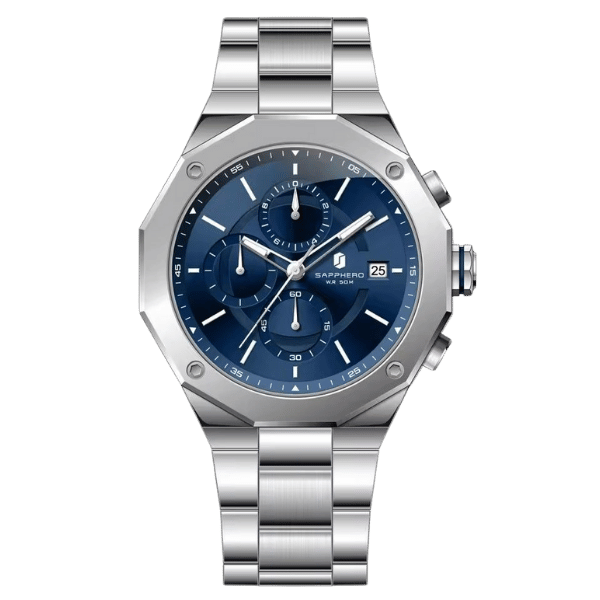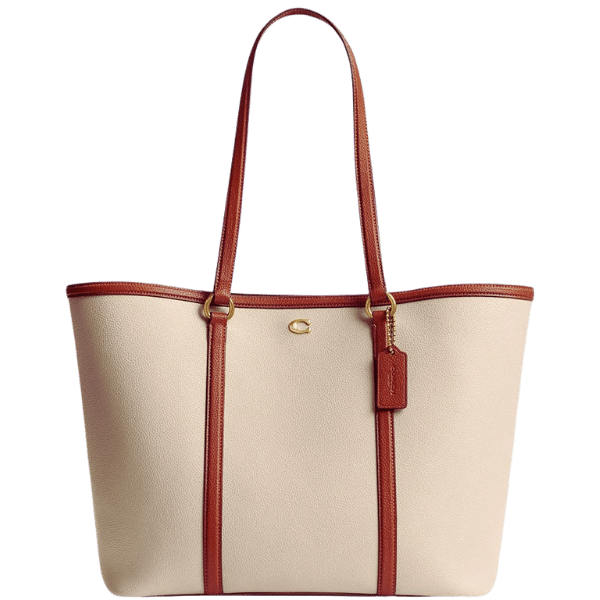Understanding Diamond Carat Weight: The Essential Guide to the 4 Cs
Selecting a fine diamond requires knowing its critical features and factors. One characteristic that is often overlooked but crucial to consider is the carat weight. The carat size is often confused with merely the weight of the diamond; however, it contributes to the valuation, appearance, and the diamond's charm in total. This document aims to thoroughly explain the concept of carat weight and highlight its importance regarding the 4 other diamond quality evaluation metrics and the interrelations between them. Most importantly, this article will benefit both novices in diamond purchase and those seeking professional advice on purchasing a piece of elegant and luxurious jewelry.
What is a Diamond Carat and How is a Diamond's Weight Measured?

A carat is a unit of measurement for diamonds and other precious gems, marking their weight. One carat equals 200 milligrams or 0.2 grams. The weight is checked with digital gemstone scales. The value of a diamond is determined by many factors, however a calibrated gemstone scale measures the carat weight separately. The value of a diamond depends on many factors, however a calibrated gemstone scale measures precious stones. Heavier diamonds, however, remain a sought-after rarity, thus making them more valuable. A diamond's worth can only be determined by evaluating multiple factors, including the cut, clarity, and color, alongside the carat weight.
Understanding Carat Weight: A Unit of Measurement
Carat weight measures the weight of a diamond, and one carat is equal to 200 milligrams. It is used as a benchmark in the gemstone sector. While it is necessary to consider the other three Cs of a diamond—cut, color, and clarity—brilliance does greatly depend on carat weight. Although larger sizes tend to have higher weights, a diamond’s true splendor hinges on its cut.
How does Diamond Weigh Affect Its Value?
The value of a diamond is directly impacted by its weight, measured in carats. Higher rarity and size, as measured in carats, usually increase the value of a diamond. However, the pricing cannot be determined by weight alone. Also, other essential aspects like the cut, color, and clarity of the diamond play a critical role in its valuation. For instance, a diamond with exceptional color and clarity can be significantly priced higher compared to a larger diamond that is riddled with imperfections. Hence, while carat weight indeed matters, it should be weighed in relative conjunction with the other qualitative aspects of the diamond.
Carat Weight is Measured: From Grams to Metric Carats
Carat weight indicates the weight of a diamond and is measured in standard units. One carat equals two hundred milligrams (0.2 grams) precisely. Highly sensitive, calibrated scales automate the measurement process, ensuring accuracy in obtaining the designated weight. This systematic approach further provides the industry with reliability in measuring gemstones.
How Does Diamond Shape Affect Carat Size and Visual Appearance?

Round Diamond vs Other Shapes: Weight and Visual Size
Although round diamonds are the most brilliant, they tend to look smaller 'per carat' compared to oval, marquise, and pear shapes, which are more elongated and therefore, augment appearance due to their surface area spreading ratio.
| Shape | Visual Size | Weight Spread | Brilliance | Cost | Notes |
|---|---|---|---|---|---|
|
Round |
Smaller |
Even |
High |
High |
Classic, most popular |
|
Oval |
Larger |
Top-heavy |
Moderate |
Moderate |
Elongated appearance |
|
Marquise |
Largest |
Top-heavy |
Moderate |
Moderate |
Maximizes carat size |
|
Pear |
Larger |
Top-heavy |
Moderate |
Moderate |
Unique teardrop shape |
|
Princess |
Smaller |
Deep |
High |
Lower |
Square, modern style |
|
Emerald |
Smaller |
Deep |
Low |
Lower |
Elegant, step-cut |
|
Cushion |
Smaller |
Deep |
Moderate |
Lower |
Soft, romantic edges |
|
Asscher |
Smallest |
Deep |
Low |
Lower |
Vintage, step-cut |
How Carat Weight Increases Affects Different Shapes
Increasing the carat weight of a diamond can change how its size is perceived based on its shape. For example, round shaped diamonds usually equidistantly distribute weight which makes them appear more slender than oval or marquise shaped diamonds of the same carat weight. Elongated cuts appear to be greater in size because they are more visually dominant and their surface area is optimized, providing an easier view of the stone. The same applies to pear or emerald-shaped diamonds, which also have longer sides that complement their dimensions. In conclusion, while an increase in carat weight will lead to heavier stones, a diamond’s cut and proportions will dictate how much of that weight is visible.
Visual Size Guide: Diamond Shape and Carat Size
Here’s a list of famous diamond shapes along with their perceived size and appearance alterations based on carat weight:
- Round Brilliant - As a shape, it is symmetrically classic and shallow spread which makes it deep-heavy cut. Thus, appearing smaller than many elongated shapes.
- Oval- Due to an added length, surface area is maximized which allows this to look larger than a round diamond with the same carat weight.
- Marquise - Its narrow shape with pointed ends makes this ideal for bold striking designs as it makes a stone look larger than it is.
- Pear - Comes from a teardrop silhouette which has a tapered edge. The pointed end offers a flattering elongated appearance.
- Emerald - A diamond cut whose facets are arranged in a steps leads to surface brilliance and hence its clarity. This affection shines so the diamond looks bigger because of its table stretch.
- Cushion - Softer square shapes with rounded edges may gain weight more to the depth’s width leading losing the ability to retain timeless appeal.
- Princess - A square cut which sparkles brilliantly, this one is more uncanny by seeming smaller when compared to a fingers shape ring.
- Asscher - Square shape with a unique step cut which strengthens depth and clarity make this more compact than rest hence the fuzz design.
- Radiant - Maintaining a square or rectangular outline, it provides brilliance alongside exceptional sparkle due to its step and brilliant facet combination.
- Heart - This oval shape captures attention while also marking deep emotions associated with romance.
Every shape provides different aesthetic flexibility and can be tailored depending on individual preferences regarding the impression one intends to achieve.
How Carat Weight Impacts the 4 Cs of Diamonds?

Carat Weight's Role in Diamond's Brilliance
The surface area and size of a diamond, which largely drives its brilliance, is significantly impacted by carat weight. Generally, higher carat weight diamonds have the capacity for more light reflecting facets, increasing their sparkle. However, this is counterbalanced by cut quality; a carat-weighted diamond that is poorly cut will underperform on light optimization. While carat weight does contribute to the visual heft of a diamond, it needs to be considered together with the cut to bring balance and ensure maximum brilliance.
Understanding Carat Weight and Diamond Price Relationship
As a diamond’s carat weight increases, so does its price due to greater demand and its relative scarcity. The price increase associated with a diamond’s weight is not linear because larger stones are rare and highly sought after. However, demand is not the only factor; the diamond’s color, cut, and clarity also matter greatly. For a good deal, a buyer should consider all these factors as they ensure the best value and quality.
Identifying the Best Diamond: Beyond the Weight and Price
In assessing diamonds, there is a range of important criteria that go beyond weight and price. The following five pointers will help you identify the best diamond:
- Cut Quality: The diamond should be cut in such a way to enhance symmetry and maximize brilliance. A well cut diamond reflects light basic evenly to maximize sparkle and reiterates symmetry within the stone.
- Color Grade: A grading scale of D, being colorless, to Z, which is either light yellow or brown, is assigned to diamonds. A price and color closer to colorless guarantees a ‘purer’ appearance, so it is greatly preferred.
- Clarity: High clarity graded diamonds suggest limited inclusions and external blemishes which bolster the overall beauty and value of the stone.
- Certification: A grading report from GIA or AGS are reliable endpoints which objectively assess quality and authenticity alongside the diamond’s attributes.
- Fluorescence: Under ultraviolet light, some diamonds may exude fluorescence. While this is a unique feature, excessive levels would negatively impact overall appearance so it must be balanced.
How to Choose the Right Carat Weight for an Engagement Ring?

1 Carat Diamond vs Larger Carat: Weighing Your Options
The 1-carat diamond is favored because of its cost, size, and brilliance. Anything larger offers more visual appeal but comes at a significantly higher cost and requires careful thought regarding the cut to maintain sparkle and appearance size.
| Parameter | 1 Carat | Larger Carat |
|---|---|---|
|
Popularity |
High |
Moderate |
|
Cost |
Affordable |
Expensive |
|
Size |
Noticeable |
Larger |
|
Cut Impact |
Critical |
Crucial |
|
Brilliance |
High |
Varies |
|
Perceived Size |
Balanced |
Depends on Cut |
|
Budget Fit |
Flexible |
Higher |
|
Shape Options |
Versatile |
Limited by Budget |
|
Setting Effect |
Enhances Size |
Amplifies Impact |
|
Sustainability |
Lab-Grown Options |
Lab-Grown Options |
Engagement Ring Size Guide: Finding the Perfect Fit
Finding the right ring size guarantees comfort and security when wearing the ring for extended periods. To fit the ring perfectly , follow these steps:
- Measure Accurately: Measure the finger using a ring sizing tool or other professional services. Remember, fingers can differ in size due to temperature and movement. It is mostly recommended that fingers be measured during the evening when they are at their normal size.
- Consider Ring Style: Typically, wider bands are easier to wear than thinner ones. If you go for a wider band, make sure to increase the size by half to accommodate ease of wear.
- Account for Lifestyle: Make sure there is some practicality in the ring worn by you. The snug fit which slides easily over the knuckle is perfect as the ring tends to feel too tight.
Make sure to double-check with a jewelry store to finalize the purchase.
The Magic Size: Why Some Carat Weights Are Rarer
Some carat weights are deemed rarer because of the size and beauty of the gem, as well as how gemstones naturally occur. An example would be diamonds at whole carat benchmarks like 1.00 and 2.00 carats, which are especially valuable because they match market and aesthetic appeal. However, stradavantage shaving rough diamonds to these weights is difficult as diamonds are usually cut to reduce waste. This increasing demand, coupled with great difficulty, causes these carat weights to dramatically increase in rarity and value. To preserve aesthetic impact, shoppers can look for just under these benchmarks, like 0.95, for a more attractive price.
What Are the Common Misconceptions About Carat Weight?

Different Carat Weights: Two Diamonds of the Same Carat
Diamonds of equal carat weight may not always look the same, owing to differences in how they are cut. Depth, table size, and symmetry all contribute to how ‘large’ a diamond appears from an overhead view. For example, two diamonds of the same carat weight but with differing cuts will not necessarily be the same in size ‘surface-wise.’ The shallower cut will appear to be larger than the deeper cut. This is one of the reasons why diamond cutters pay close attention to the cut quality, and why it is considered to be equally important, along with carat weight and beauty.
Understanding the Diamond Carat Weight Beyond the Decimal
In relation to understanding diamond carat weight, I look into its implications on visual size, quality, and value. While carat weight is important, the cut, proportions, and symmetry of the diamond often determine its size and brilliance more than the weight itself. Because of this, I take a more balanced approach, looking at the design and the actual craftsmanship of the diamond to ascertain its true beauty apart from the overall carat weight value.
Weight vs Size: Debunking the Misleading Visual Appearance
The association of a diamond's weight, measured in carats, with its visual size is sometimes contradictory. While carat indicates the weight of the diamond, its size is determined by the cut. For instance, deeper-cut diamonds may look smaller from the top as some weight is ‘masked’ by depth. On the other hand, shallow cuts can make a diamond look bigger but affect the diamond’s sparkle. The most important consideration regarding size is the stone’s diameter from the top view, and this is the photograph perspective after the diamond is mounted on jewelry. Therefore, it is best to pay attention to high-quality cuts because diamonds will not only appear to be their best but will also maximize their visual impact relative to weight.
Frequently Asked Questions (FAQs)
Q: What does the term Carat refer to, and in what way is it connected to the weight of a diamond?
A: Regarding precious stones and diamonds, Carat is a term used to describe the weight. Carat is a term that means the weight of a stone that is exactly 200 mg or 0.2 grams. It is one of the most important parts of the 4 Cs that represent carat weight, cut, color, and clarity, on which the value of a diamond is determined.
Q: What is the relationship between valuing a diamond and its carat size?
A: It is an established fact and practice that the more precious the stone, the greater its carat size and value. More often than not, it is accepted that with an increase in size, the value of the diamond increases too, but rarity also comes into play. Generally speaking, a diamond’s carat weight is most costly when close to the 1.00 mark.
Q: Is it possible for a round brilliant diamond to have the same carat weight and shape as another yet appear different in size?
A: Certain shapes of diamonds, such as the round brilliant, can distort size perception. When dealing with diamonds, different shapes at the same carat weight result in differing perceived dimensions: for instance, elongated forms such as marquise or oval tend to exaggerate a diamond’s perceived size.
Q: What sets apart the carat size and the size of the diamond?
A: The weight of a diamond is referred to as carat size, and its size could mean how it is viewed and its dimensions. A diamond's appearance is the result of its cut, which is the shape it is given, and the setting, which can make it look larger than its actual carat weight.
Q: What steps can I take to make sure I am purchasing diamonds with the right carat size that needs for my requirements?
A: To make the best selection, a comparison between the 4 Cs and brand reputation is necessary, along with the value perception of each. Also, consulting a professional with their skills about a jeweler's reputation regarding the impact of size on weight would help ensure the best outcome.
Q: What role does the term carat play in determining the price of a diamond?
A: Carats are a determinant in price and weigh in at the most tangible dimension of diamonds making them more expensive. However, while a better color grade and clarity increases a diamond's value and an exceptional cut increases its give, not all diamonds with equal carat weight are priced equally.
Q: As to why a one-carat diamond sometimes appears larger than its actual carat weight?
A: Reason being a one carat diamond placed in different settings have different mathematical proportions of angles which not only comprises of depth but also varies play a vital role in the way it can be polished and how light interacts with it making it reflect the size in ways far beyond its value.
Q: What is the significance of "100 points" in relation to a carat stone?
A: Each carat is subdivided into 100, thus a “100 points” are also terms used to describe full carat which means if someone states a diamond being worth 50 points it would in fact weigh half a carat.
Q: In what ways may the weight of a diamond affect the look and style of the jewelry piece?
A: The appearance and style of the jewelry piece can be affected by the weight of a diamond. It is common for the larger, heavier diamond to be set as the centerpiece since it makes an elegant statement, but for intricate designs, smaller carat weights are preferred. Those smaller diamonds can enhance the ‘overall diamond’ look.
Q: How does the diamond's cut affect how it looks aside from its carat weight?
A: A diamond is cut to enhance its brilliance and how much it sparkles. For instance, two diamonds with identical carat weight may be significantly different in their ability to reflect light due to their cuts. One could be considerably more brilliant and larger than the other. Because of this, ‘cut’ is just as important as carat when listing the 4 Cs.
Reference Sources
- Carat - University of California, Berkeley - This page offers an academic description of carat weight and its relation to a gem's size.
- Diamonds - University of California, Berkeley - Further UC Berkeley resource explaining in detail carat weight with comparison of diamond sizes.
- Wyoming Diamonds - Wyoming State Geological Survey - The government website discusses the four Cs of diamonds, including carat weight.
- RUReadyND - Career Profile - This source discusses carat weight as a measurement of a gemstone's weight.
- Diamond
- Carat (mass)
- Diamond clarity
Contact Luxury Evermore should you need help with acquiring or building up your collection. There is a variety of brands with different styles, as well as sizes, and colors, for example, Hermes, Chanel, lv and Dior. If you are not lucky enough to find the bag you are looking for on our website then our concierge team will probably be able to order it for you. We provide 100% authenticity guarantee for all our bags, and any item sold on this site will be dispatched to you within one to two business days upon receipt of the payment.





